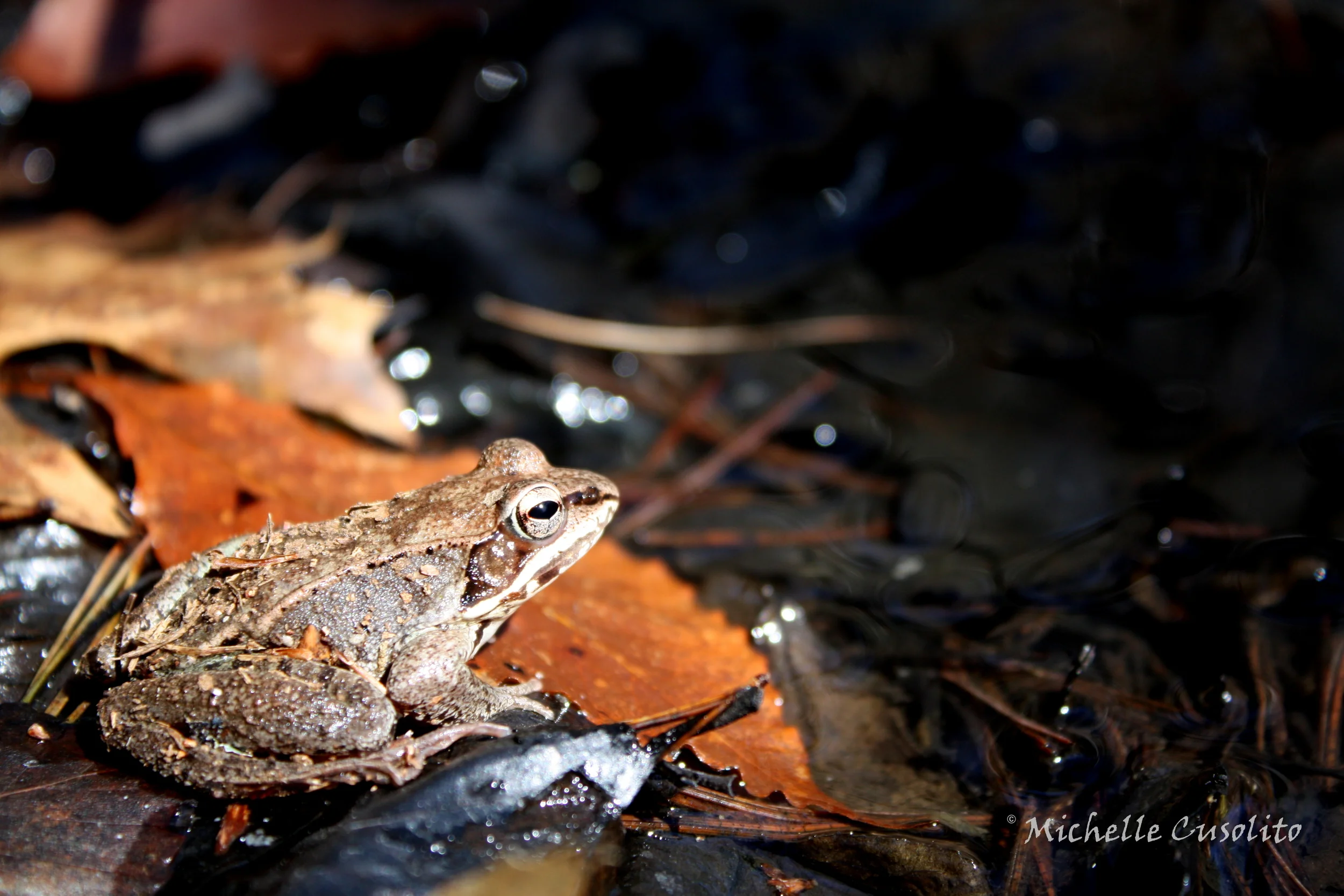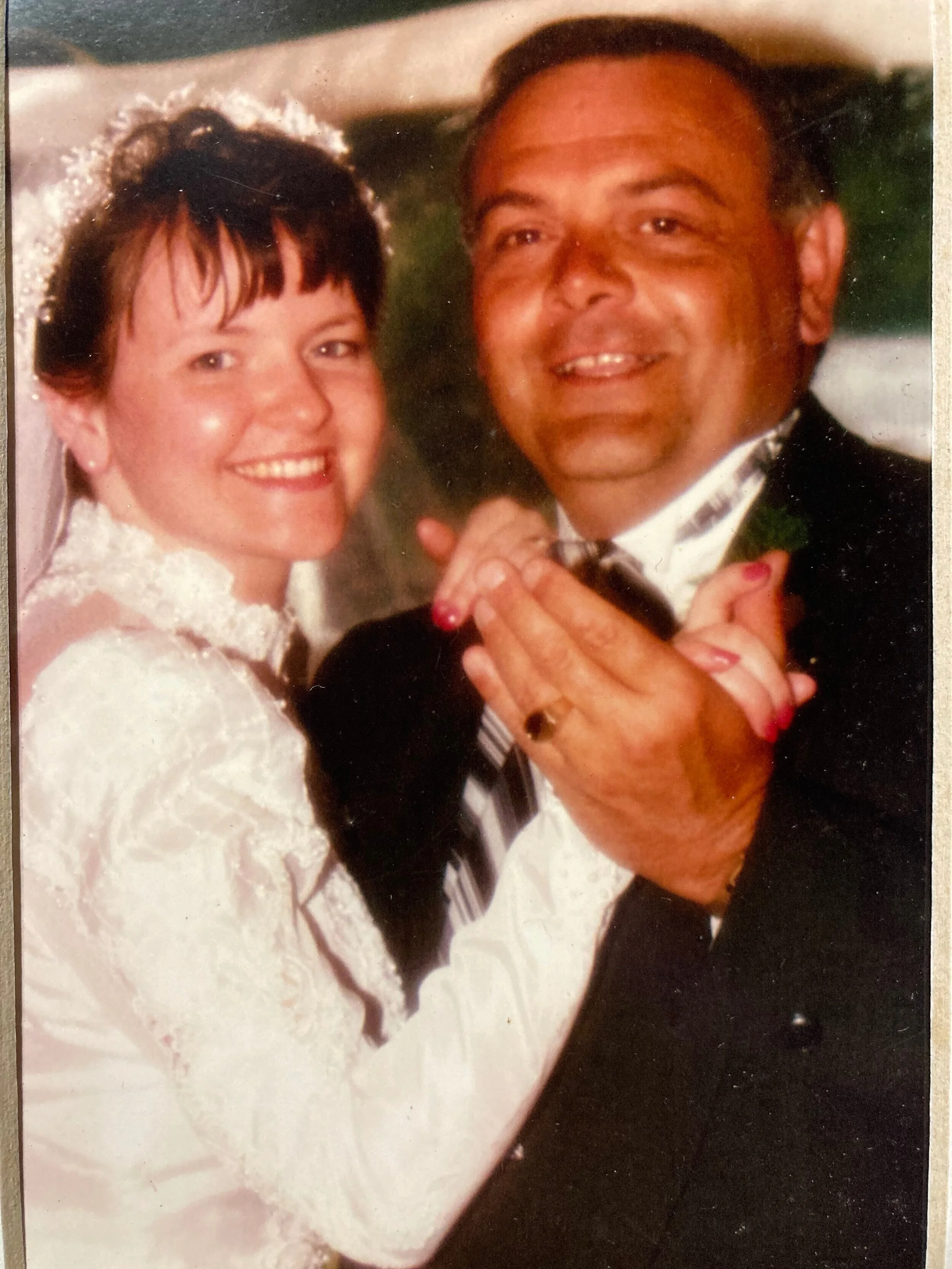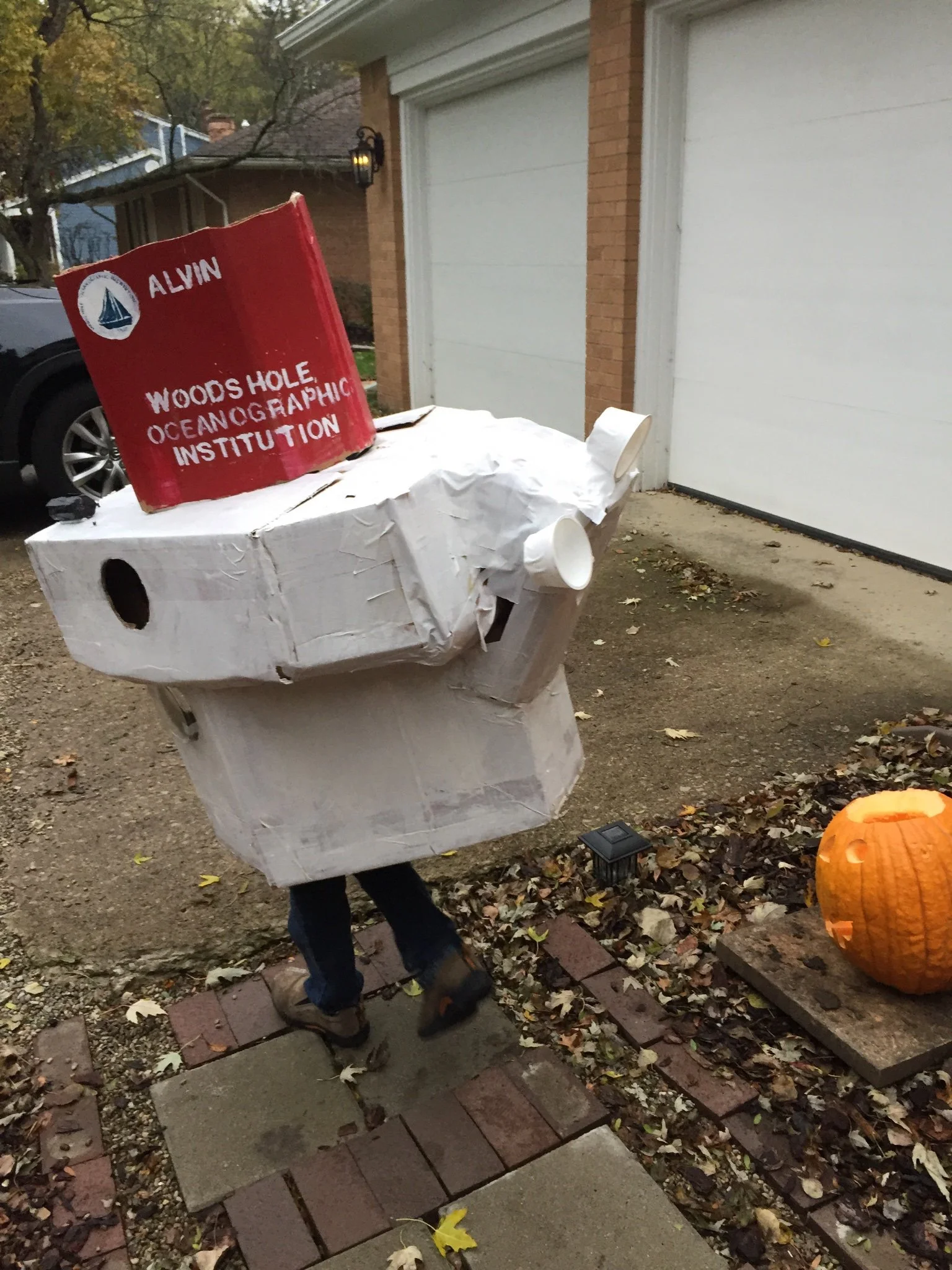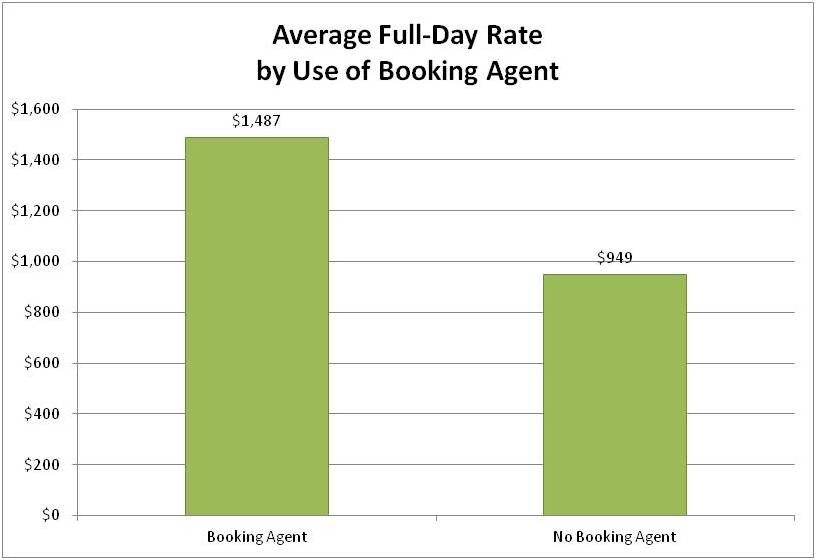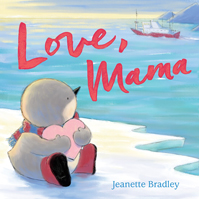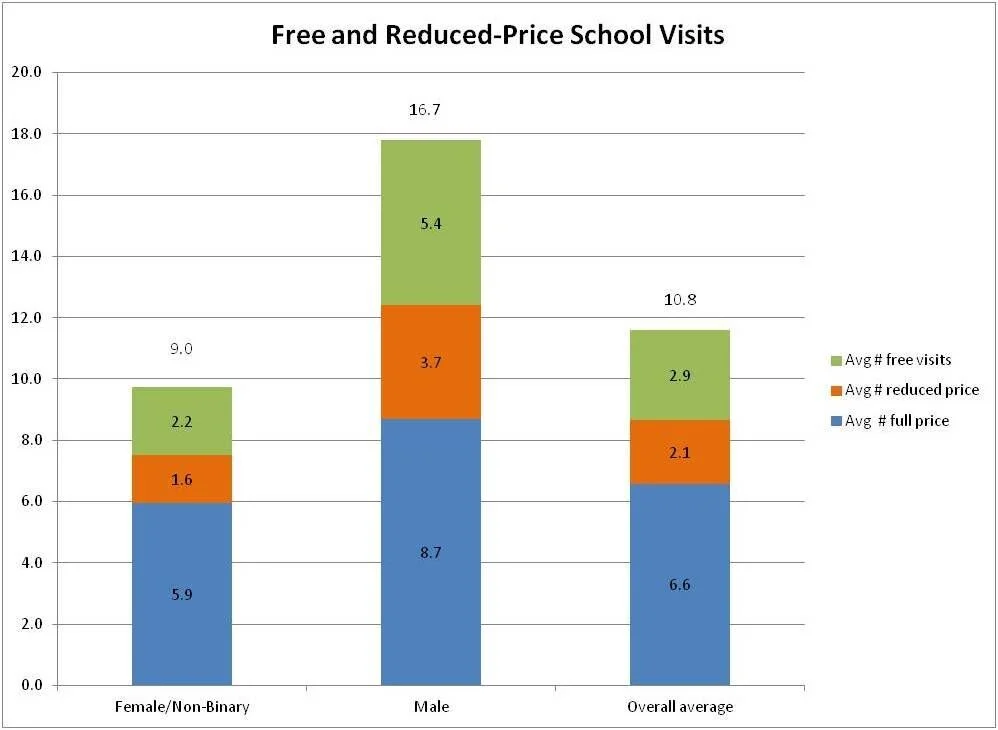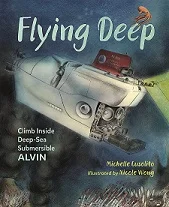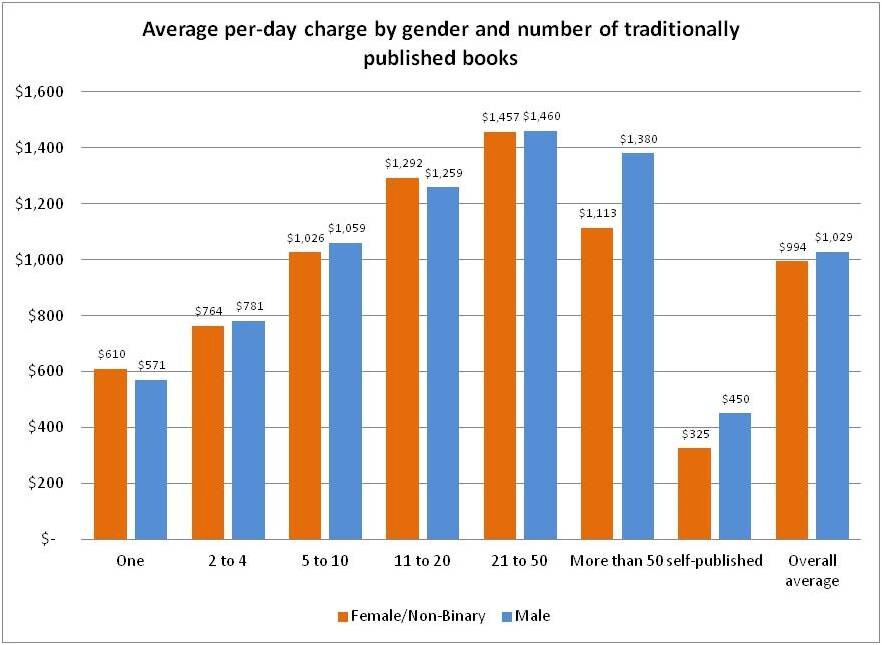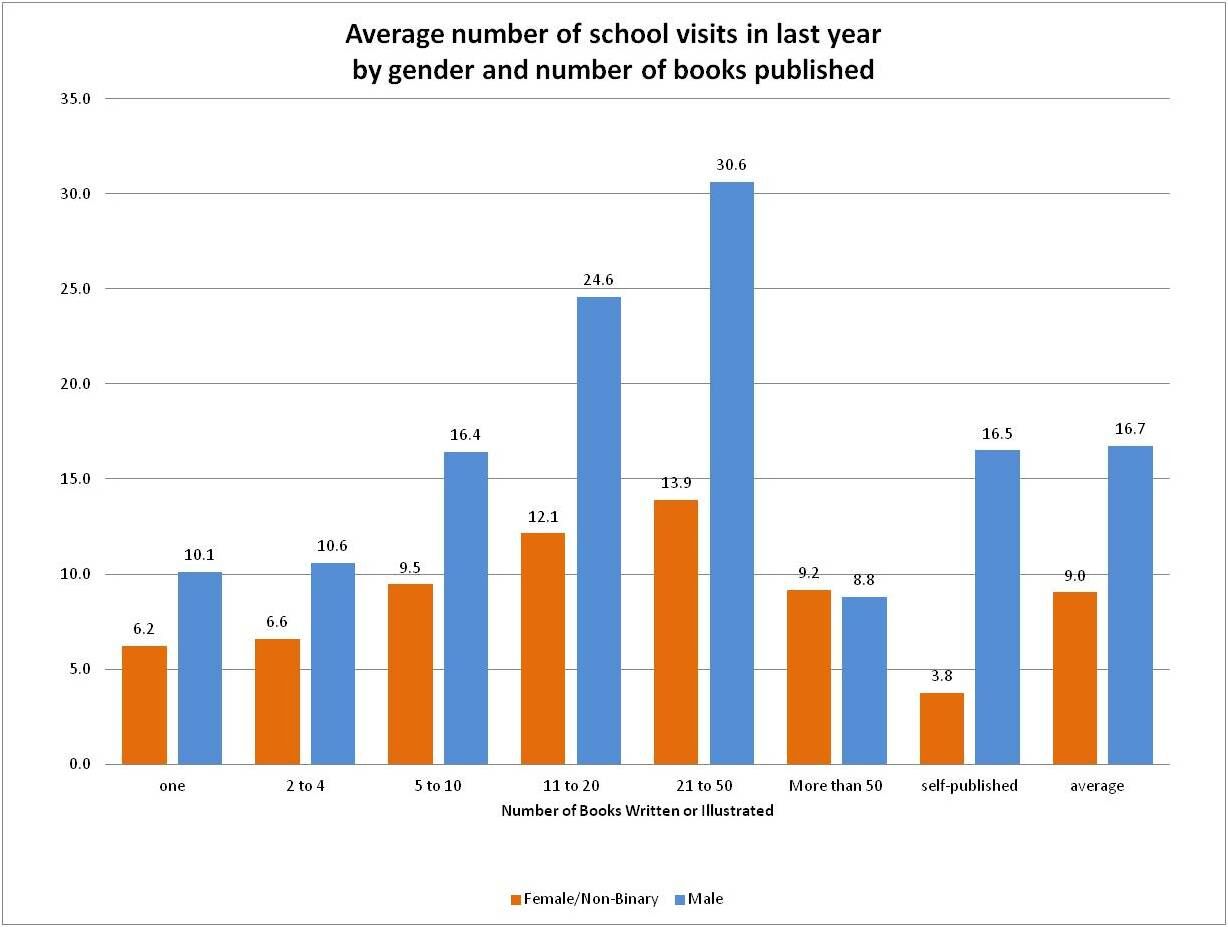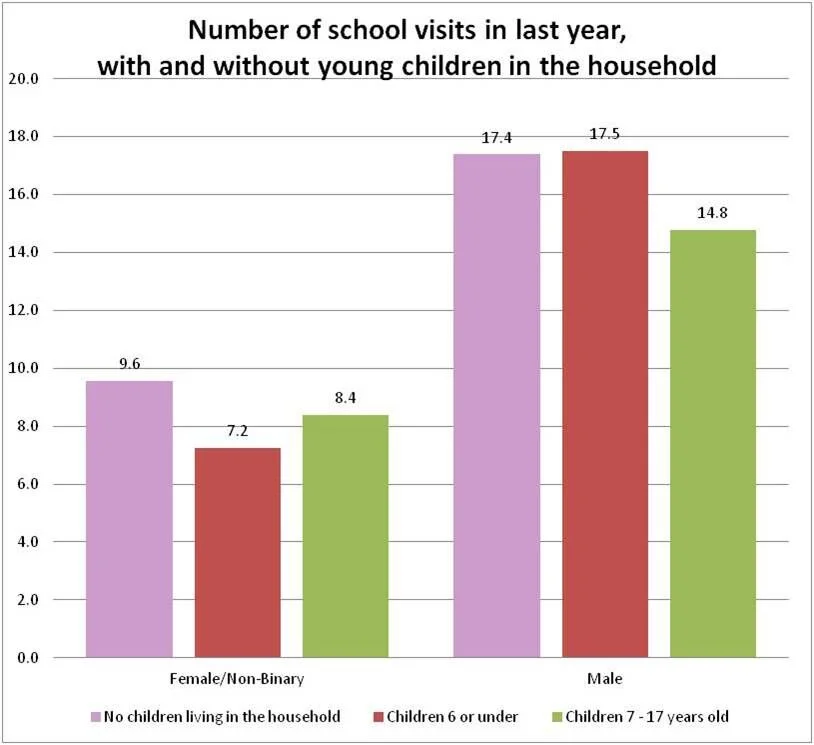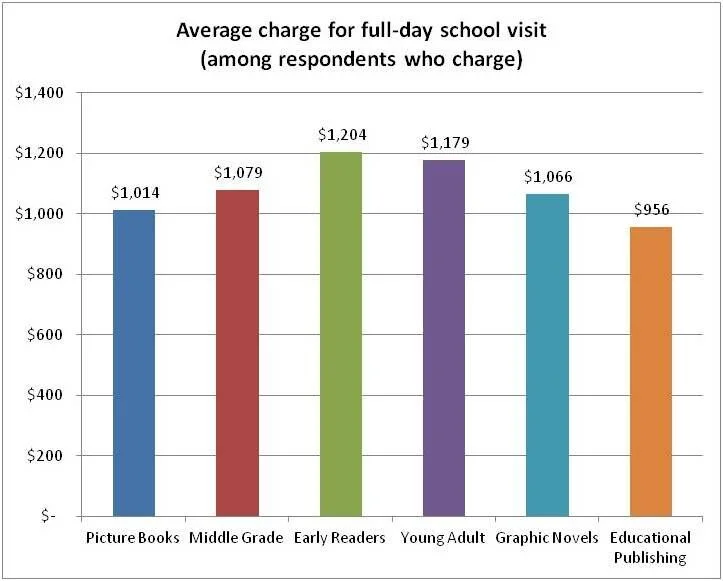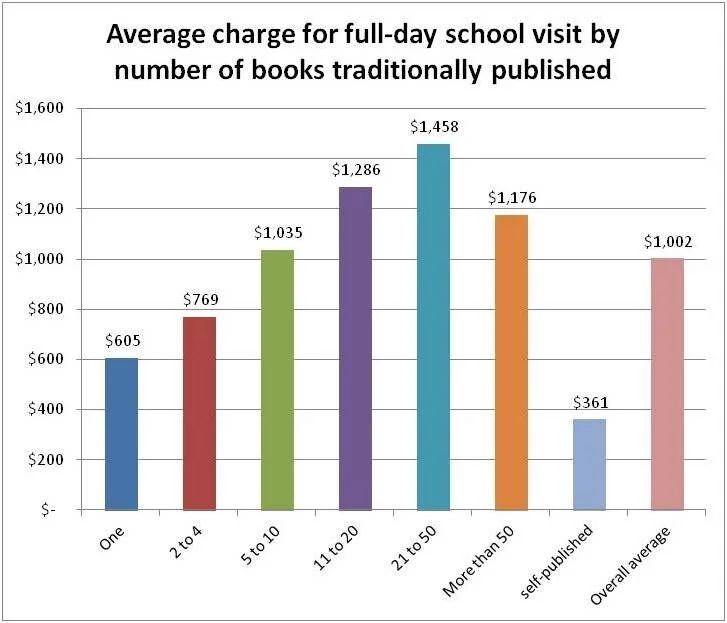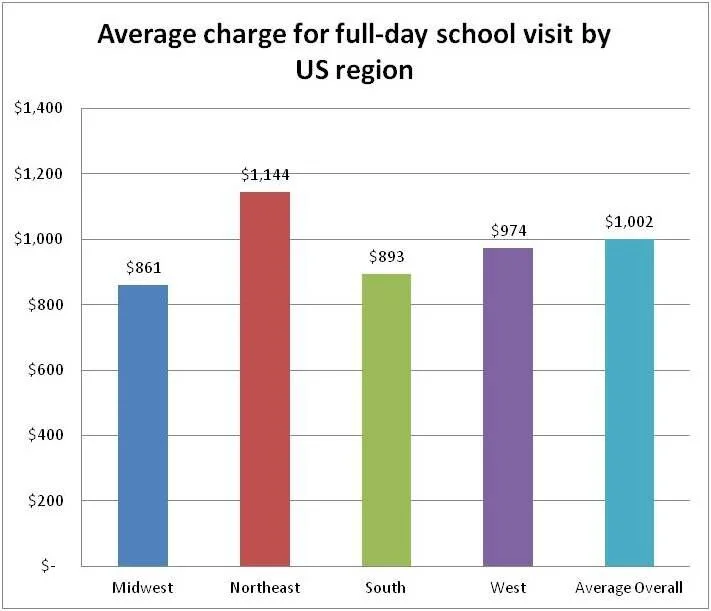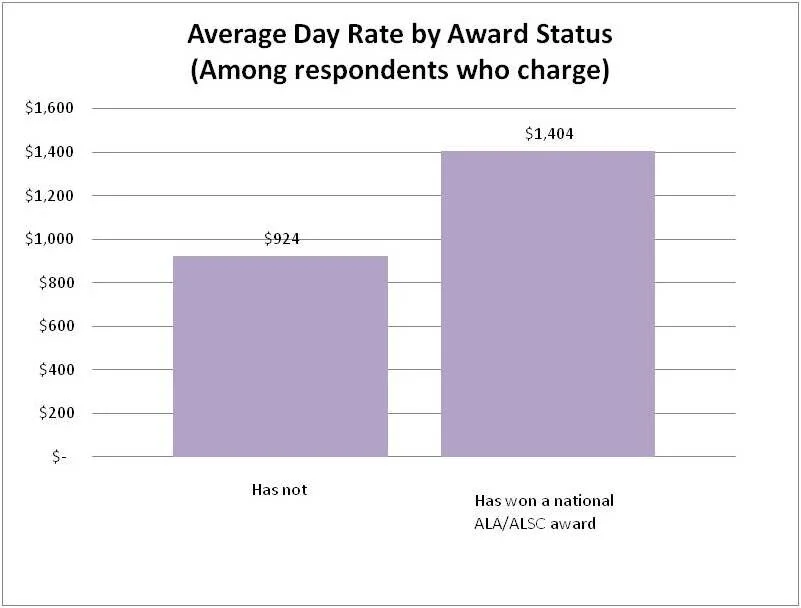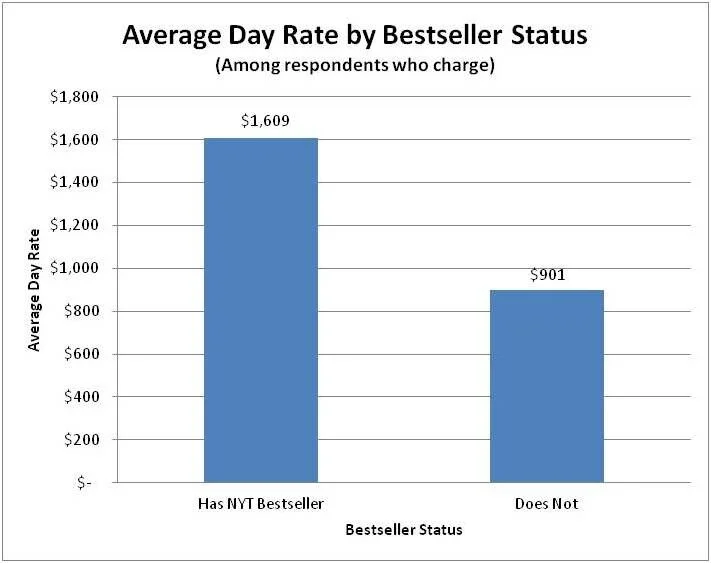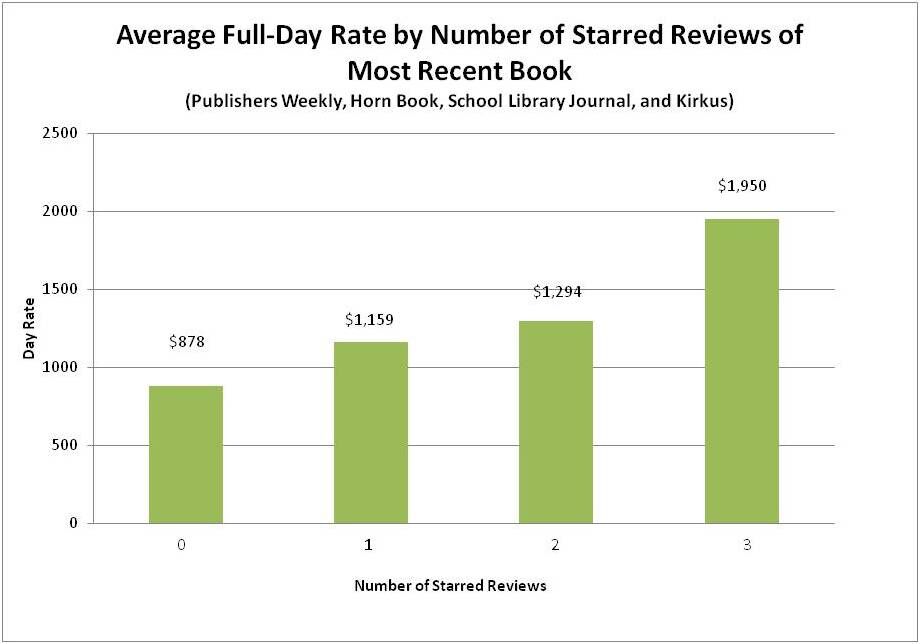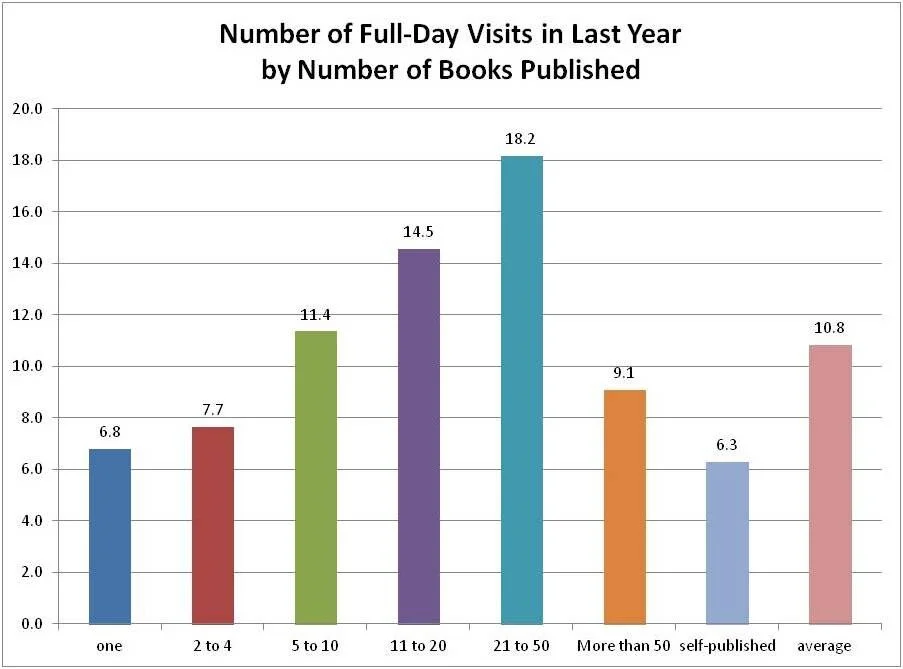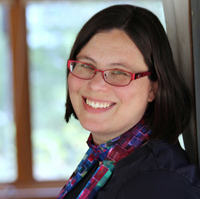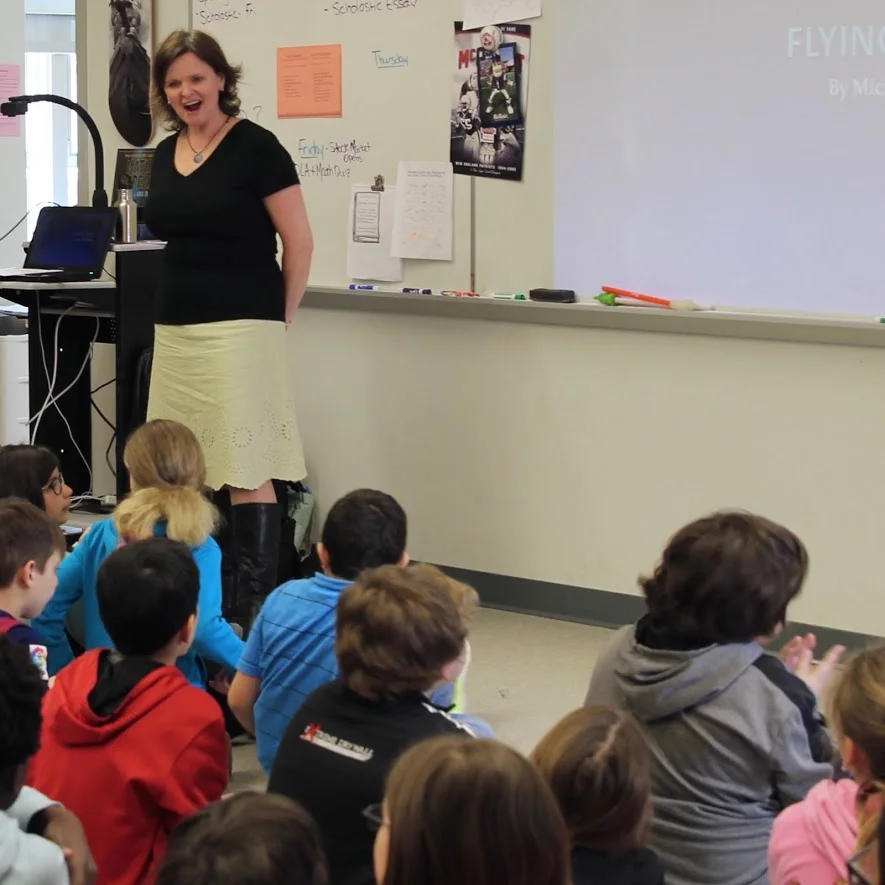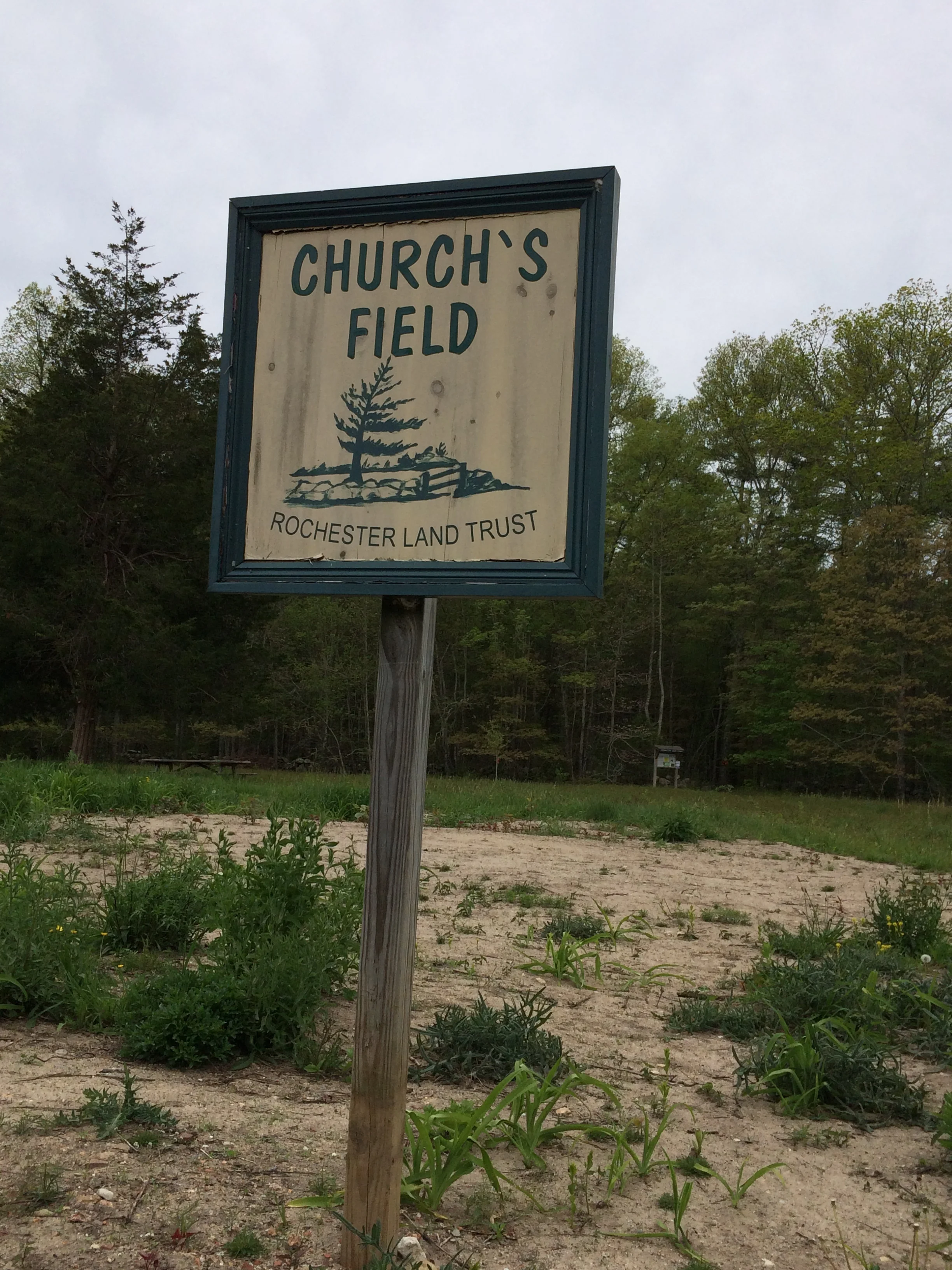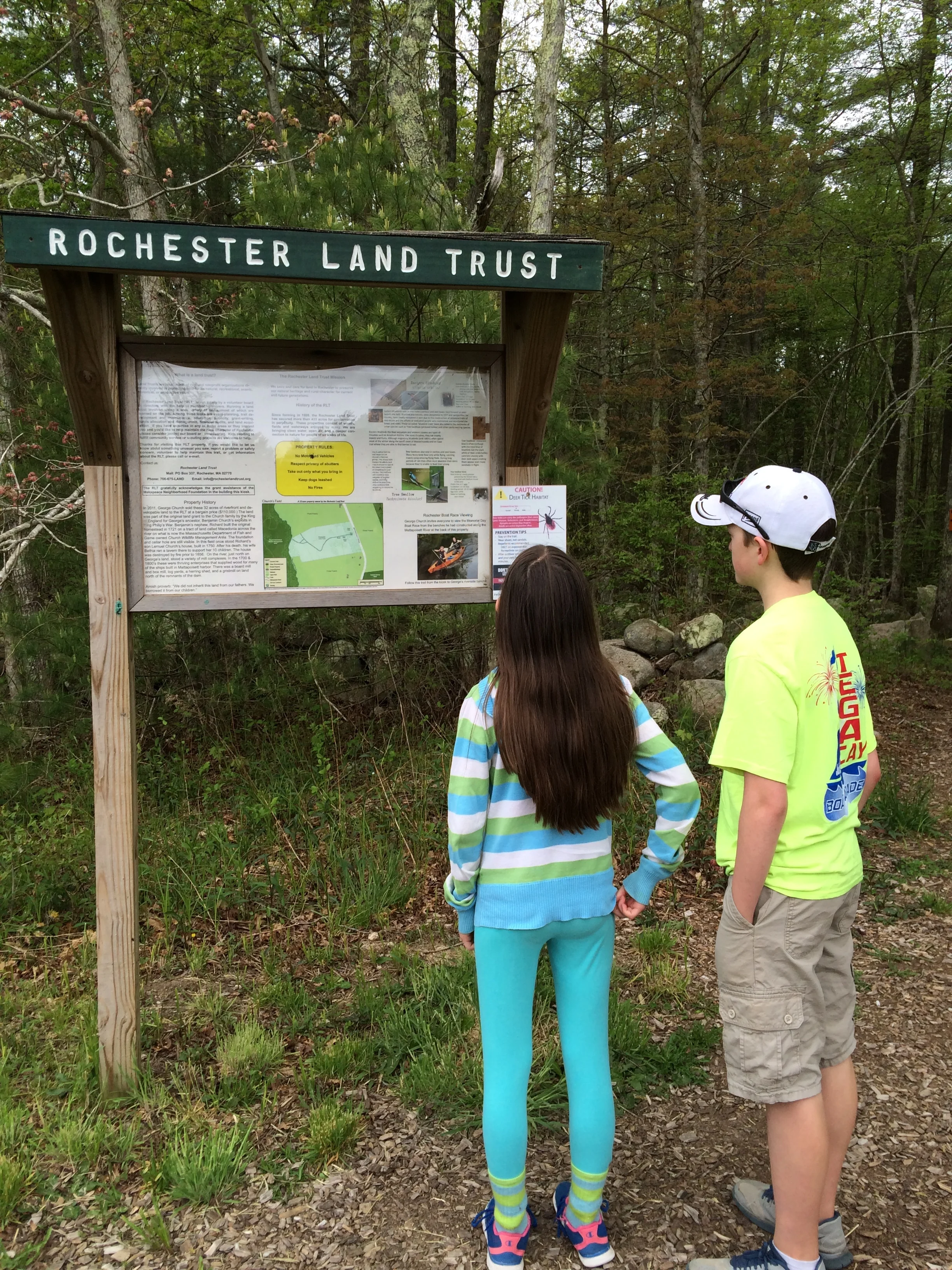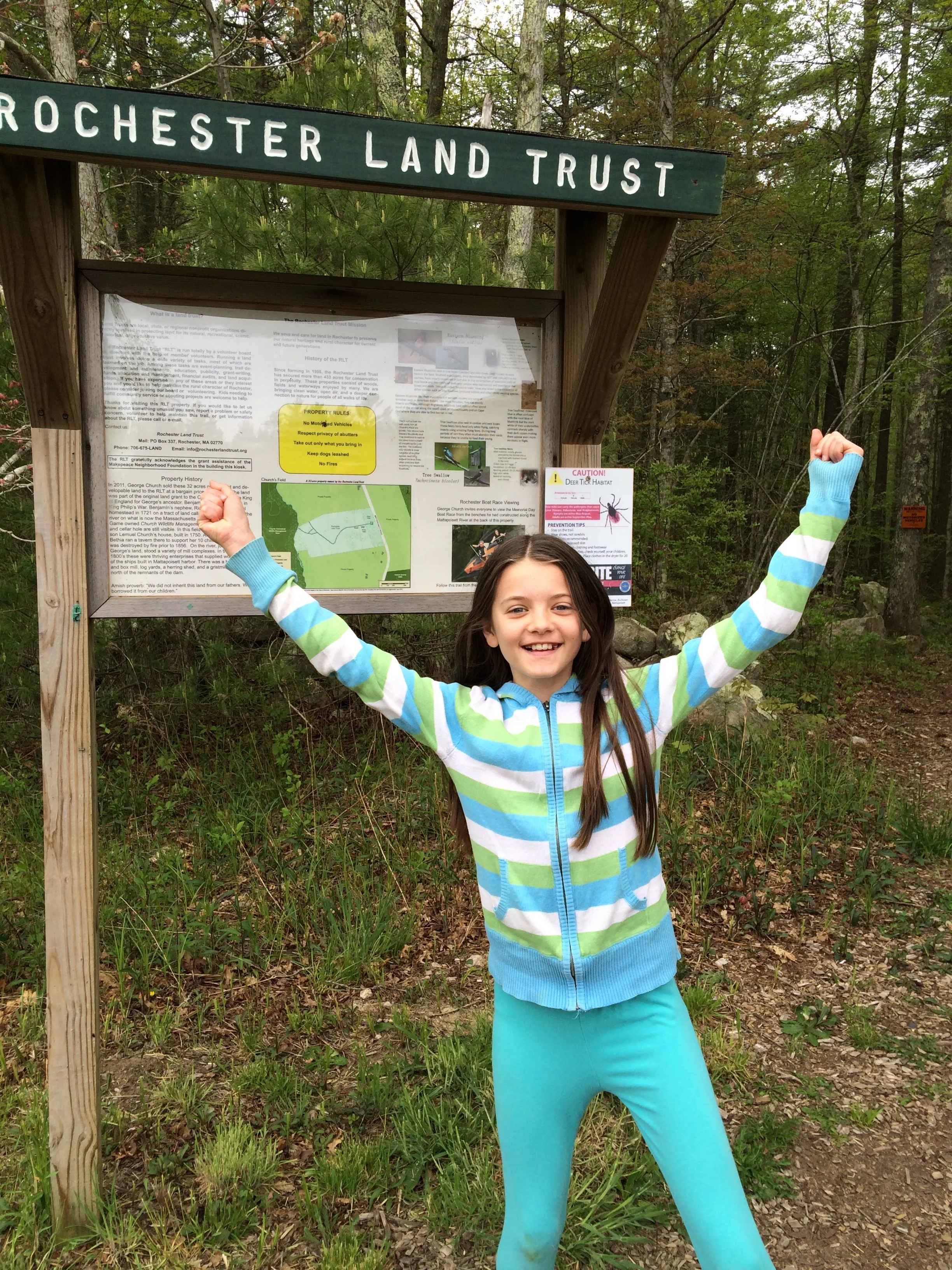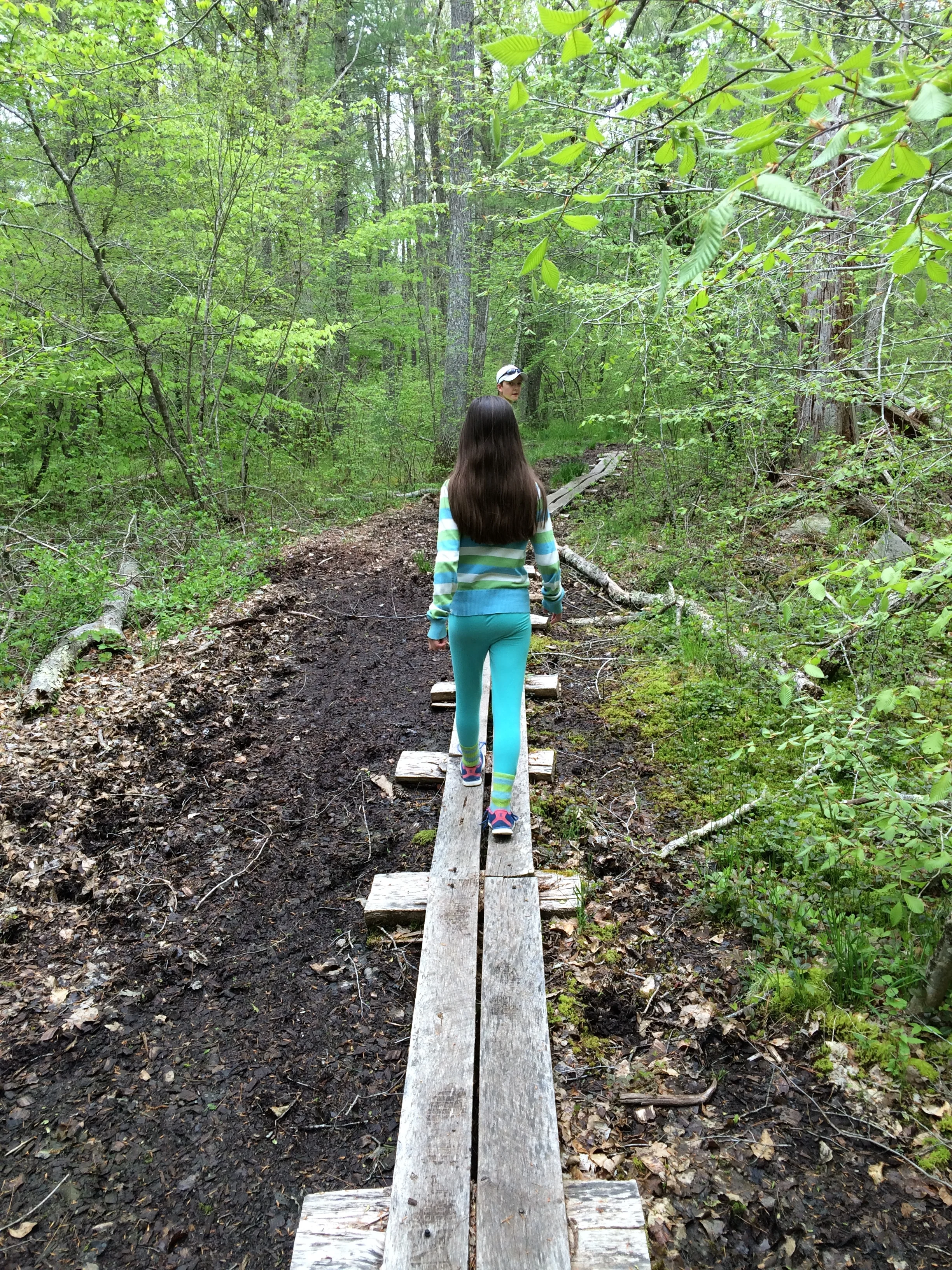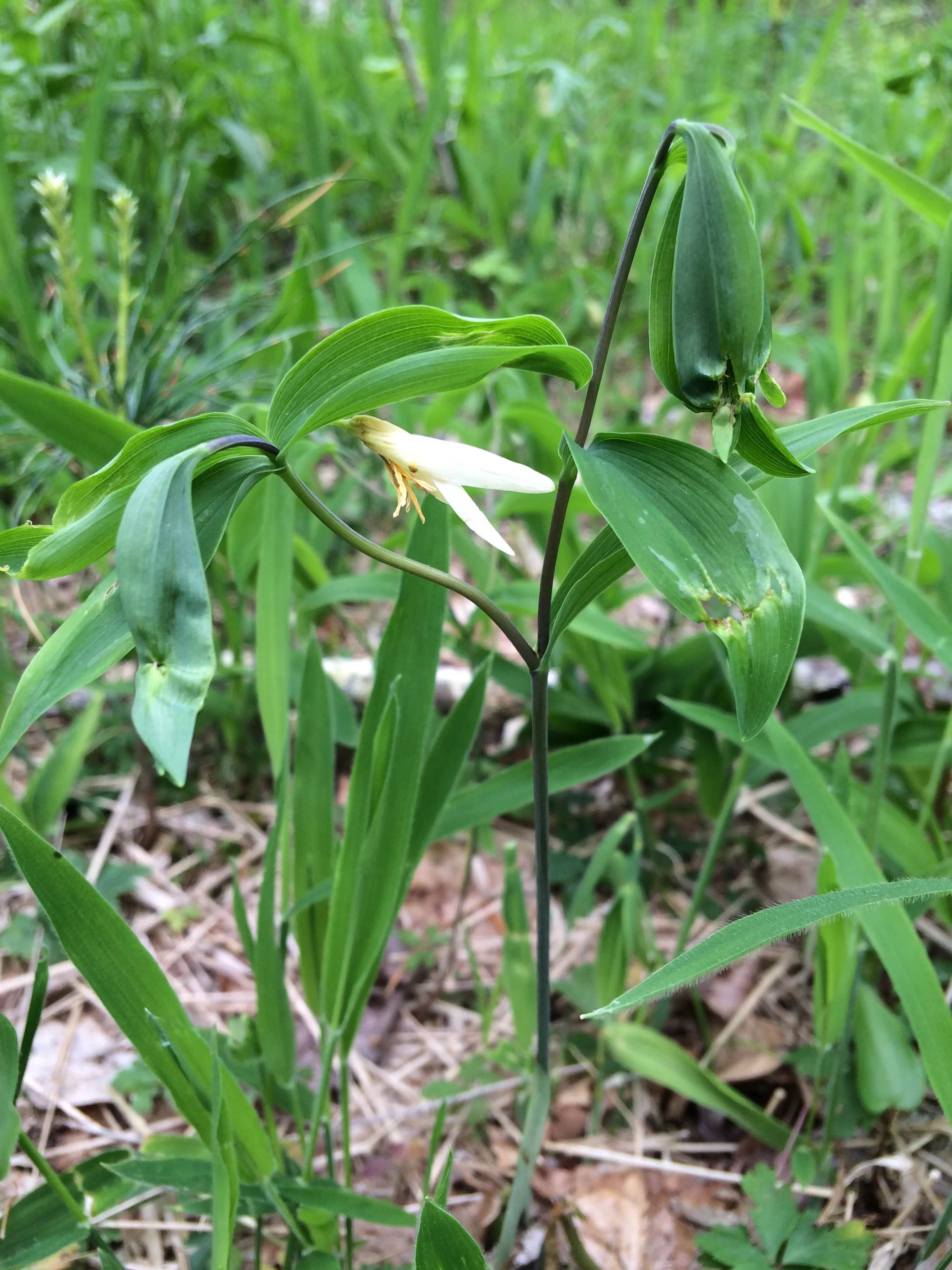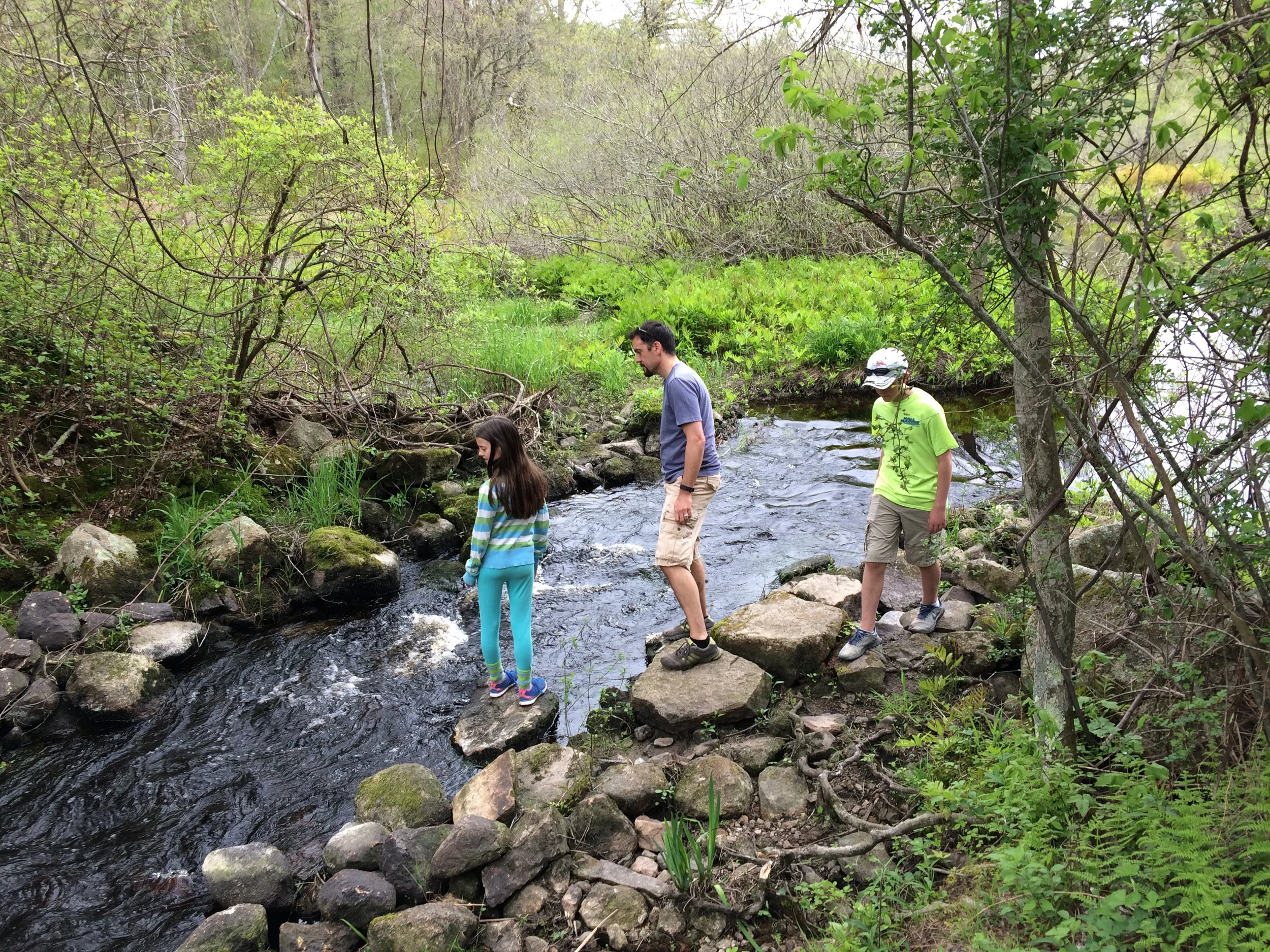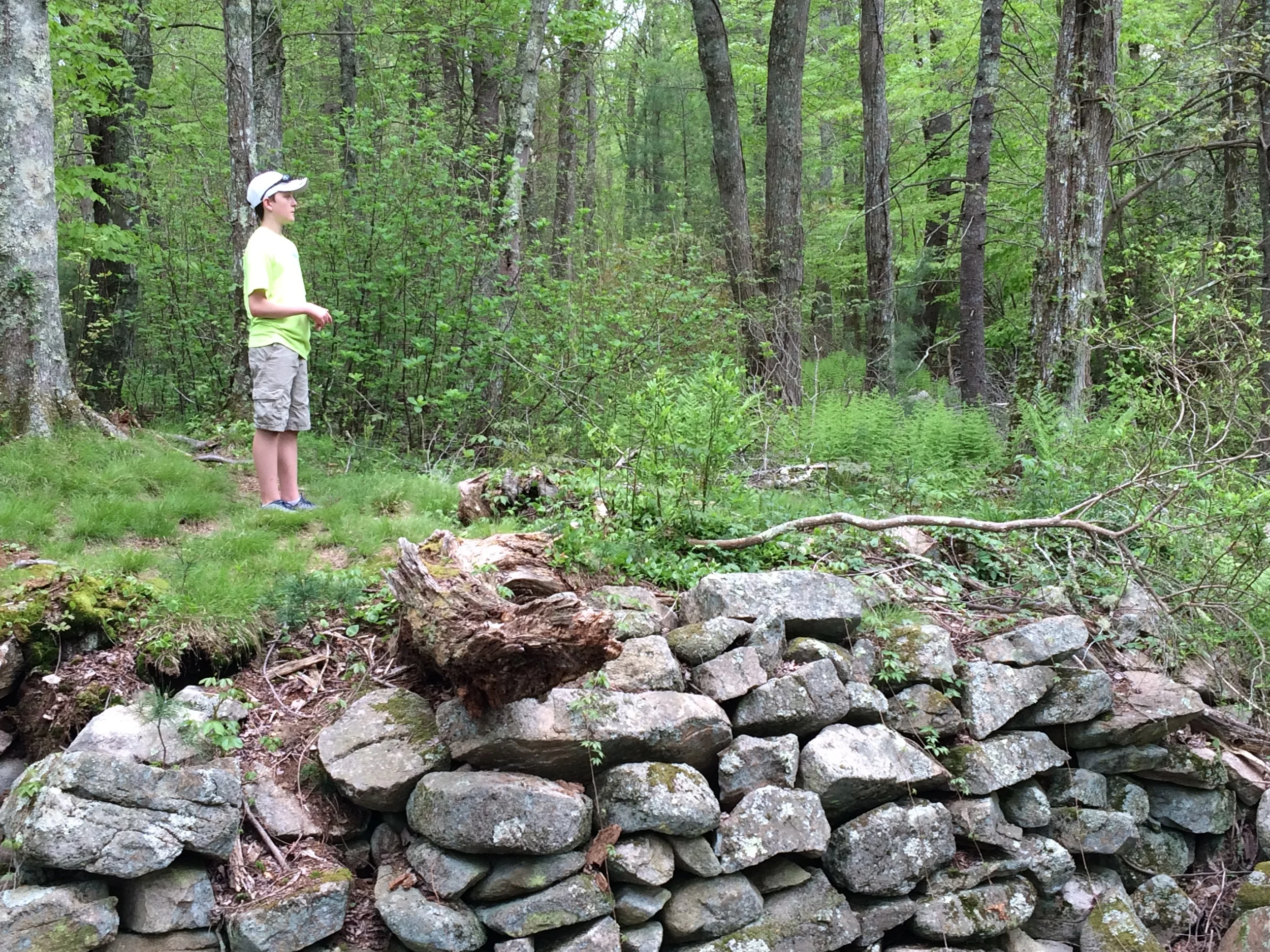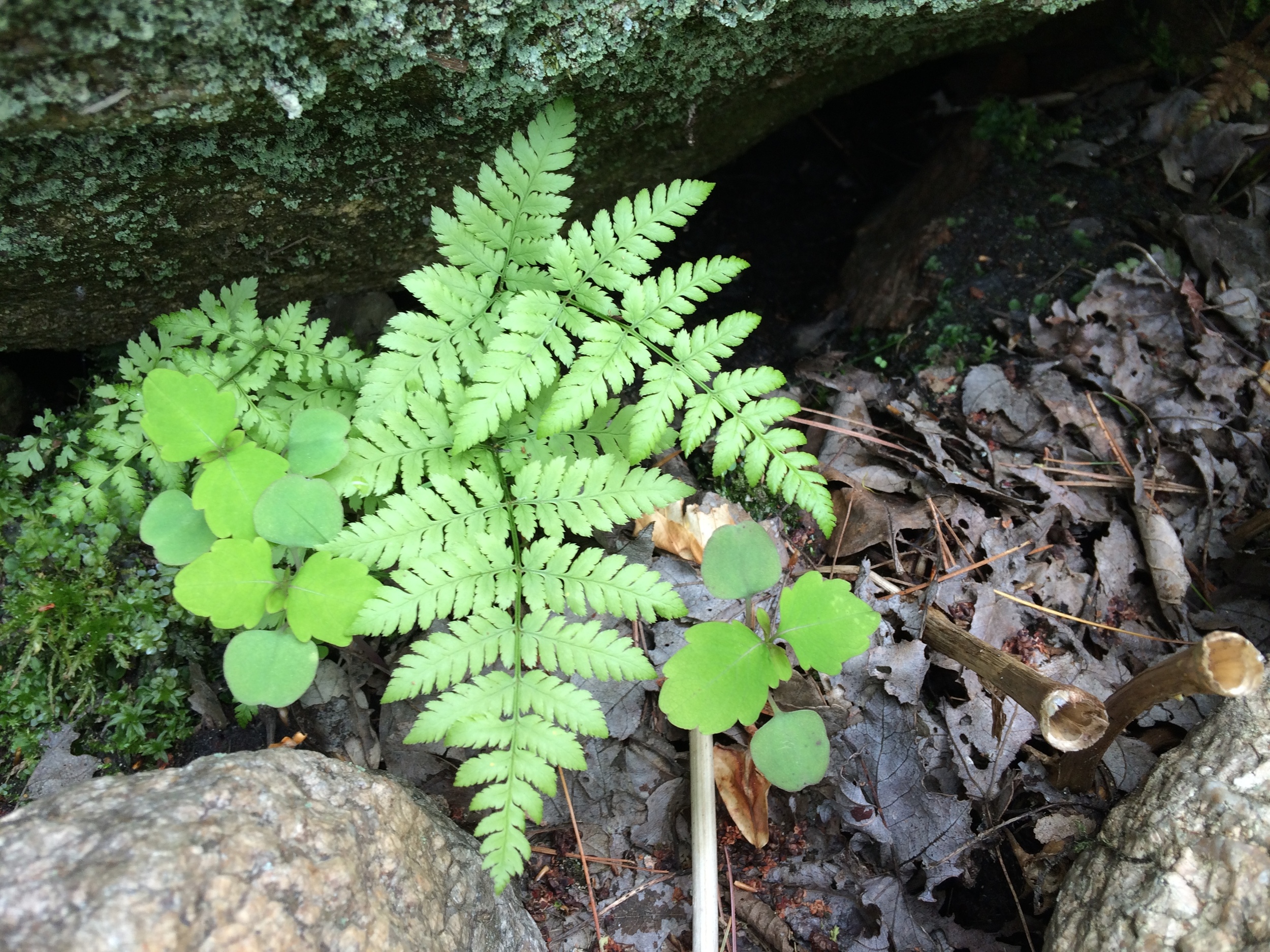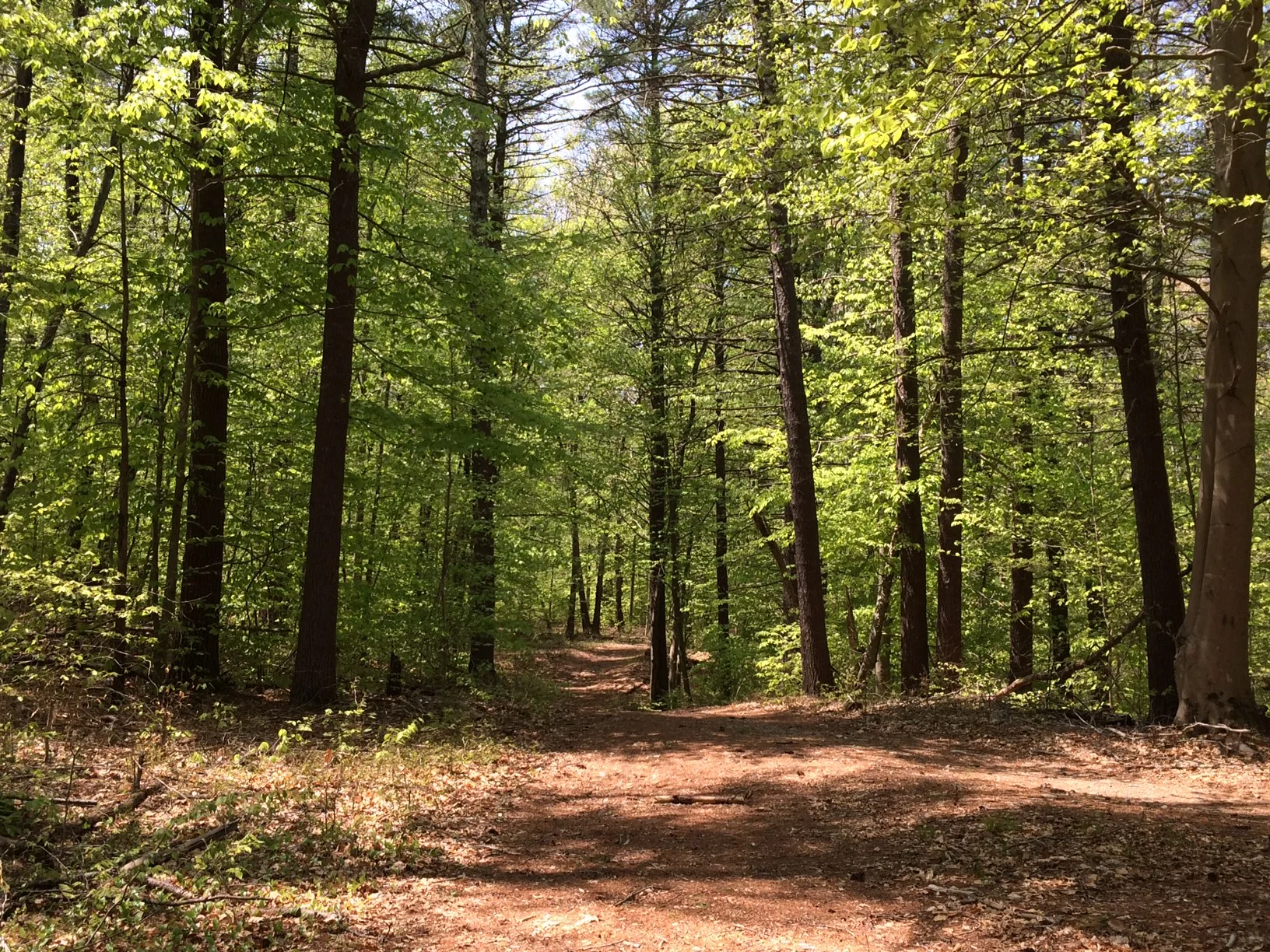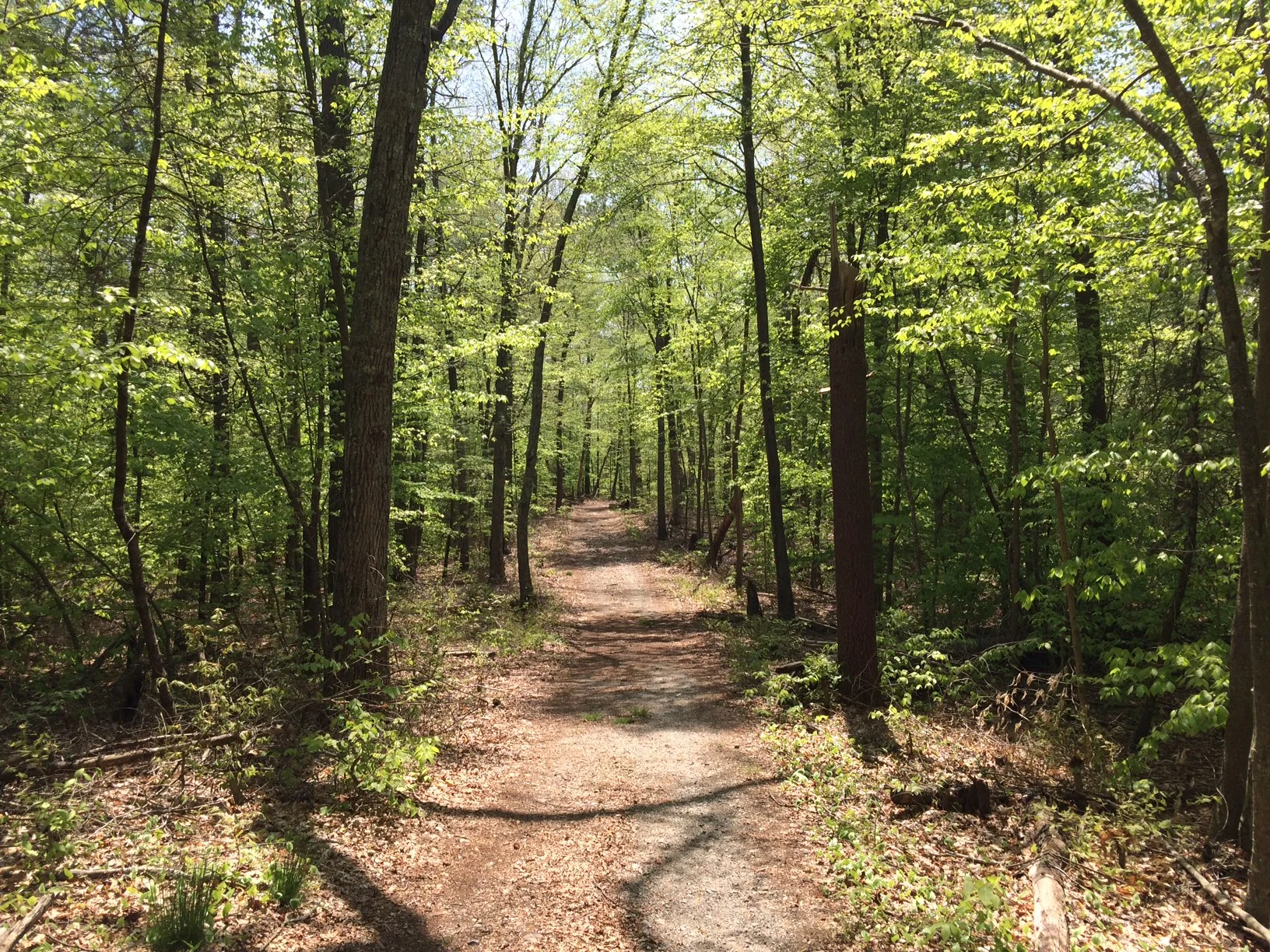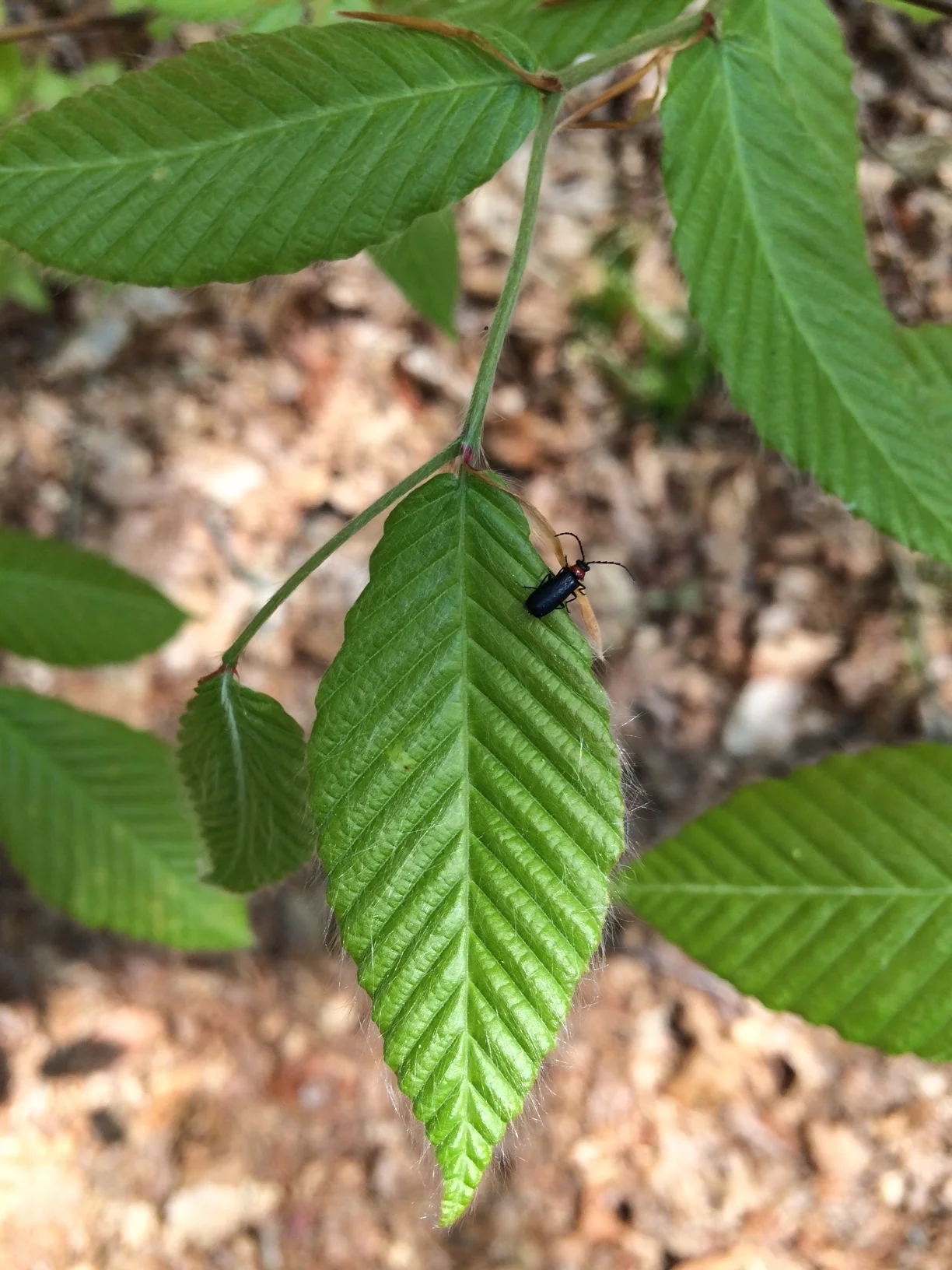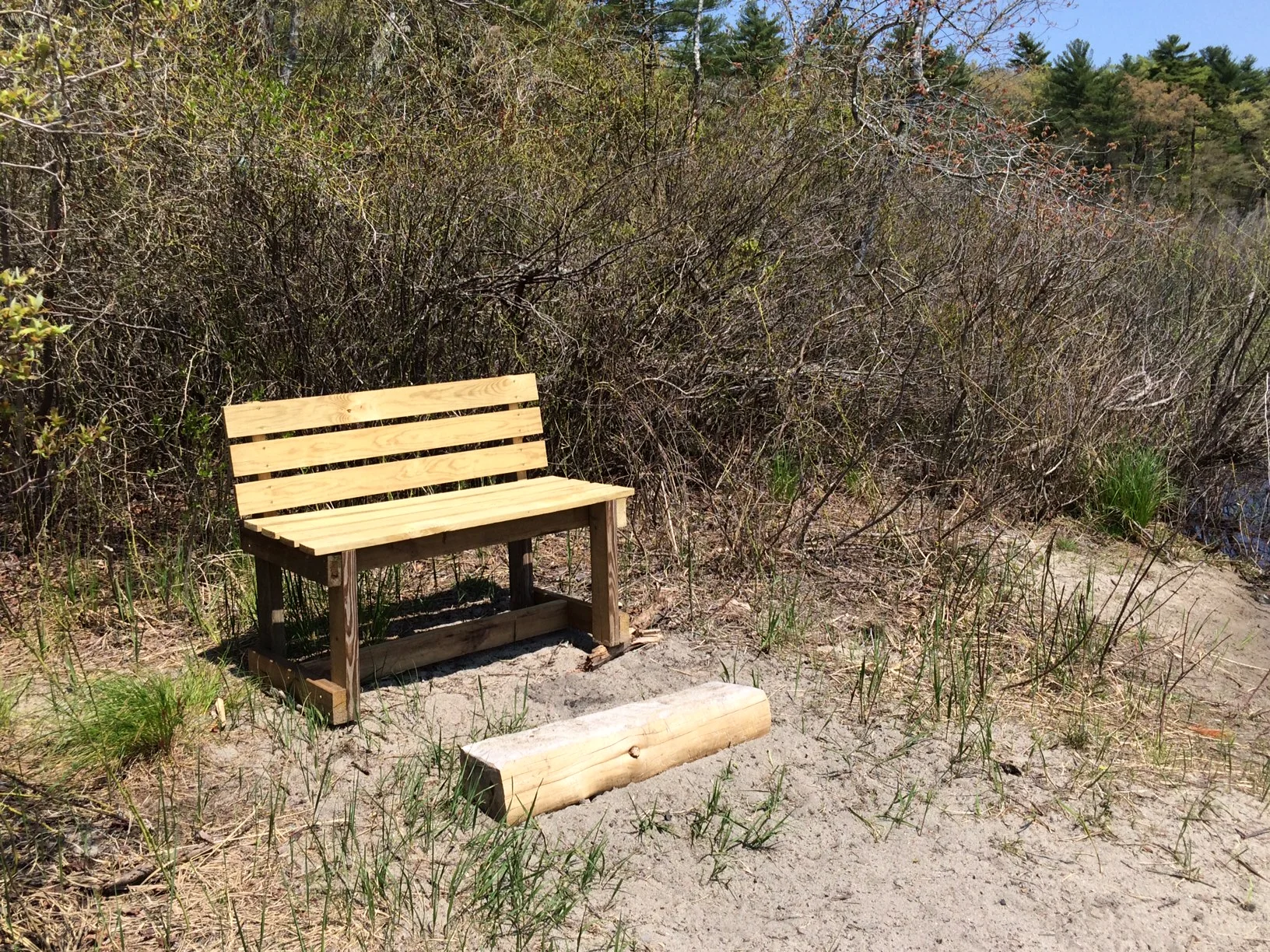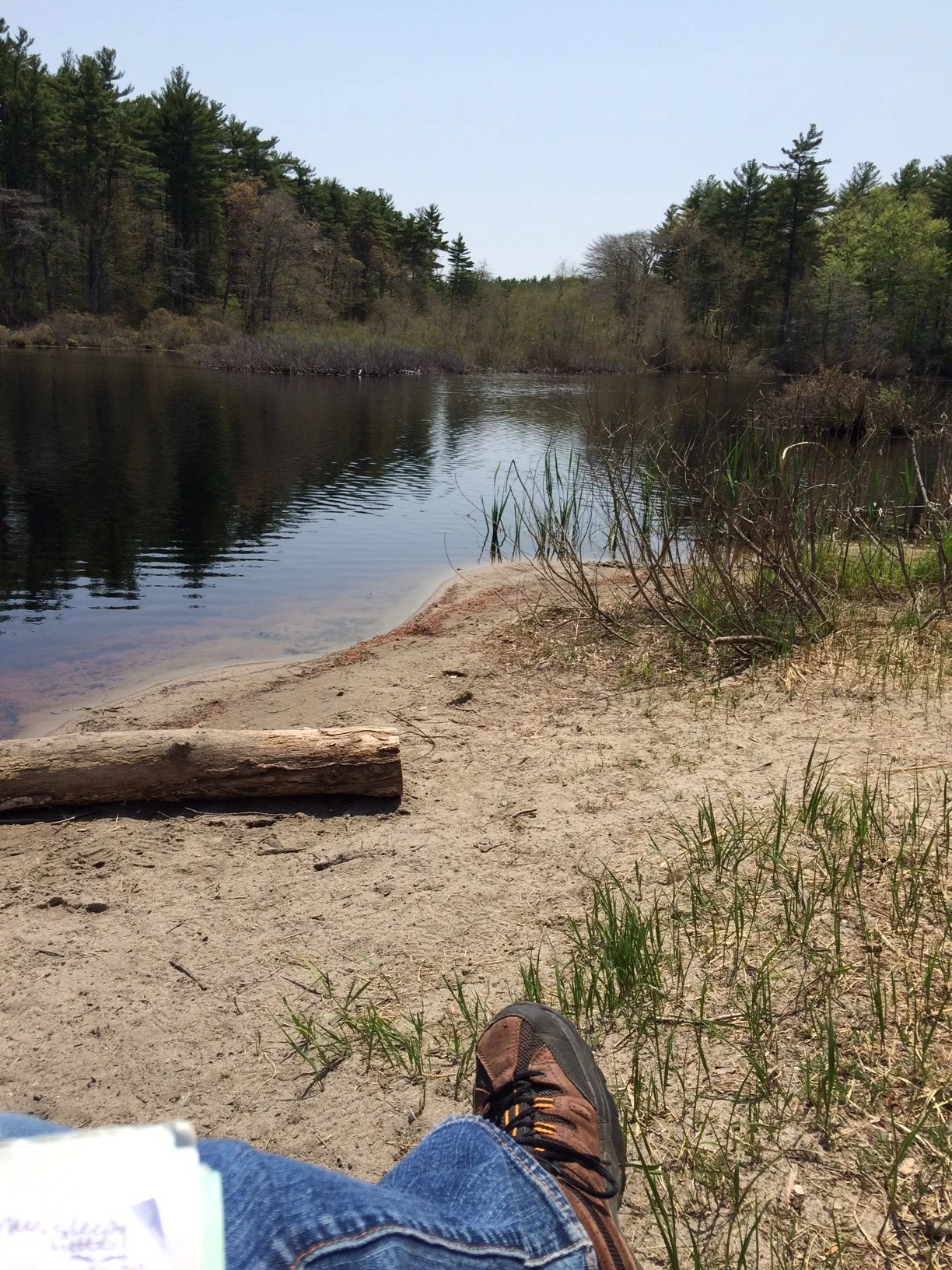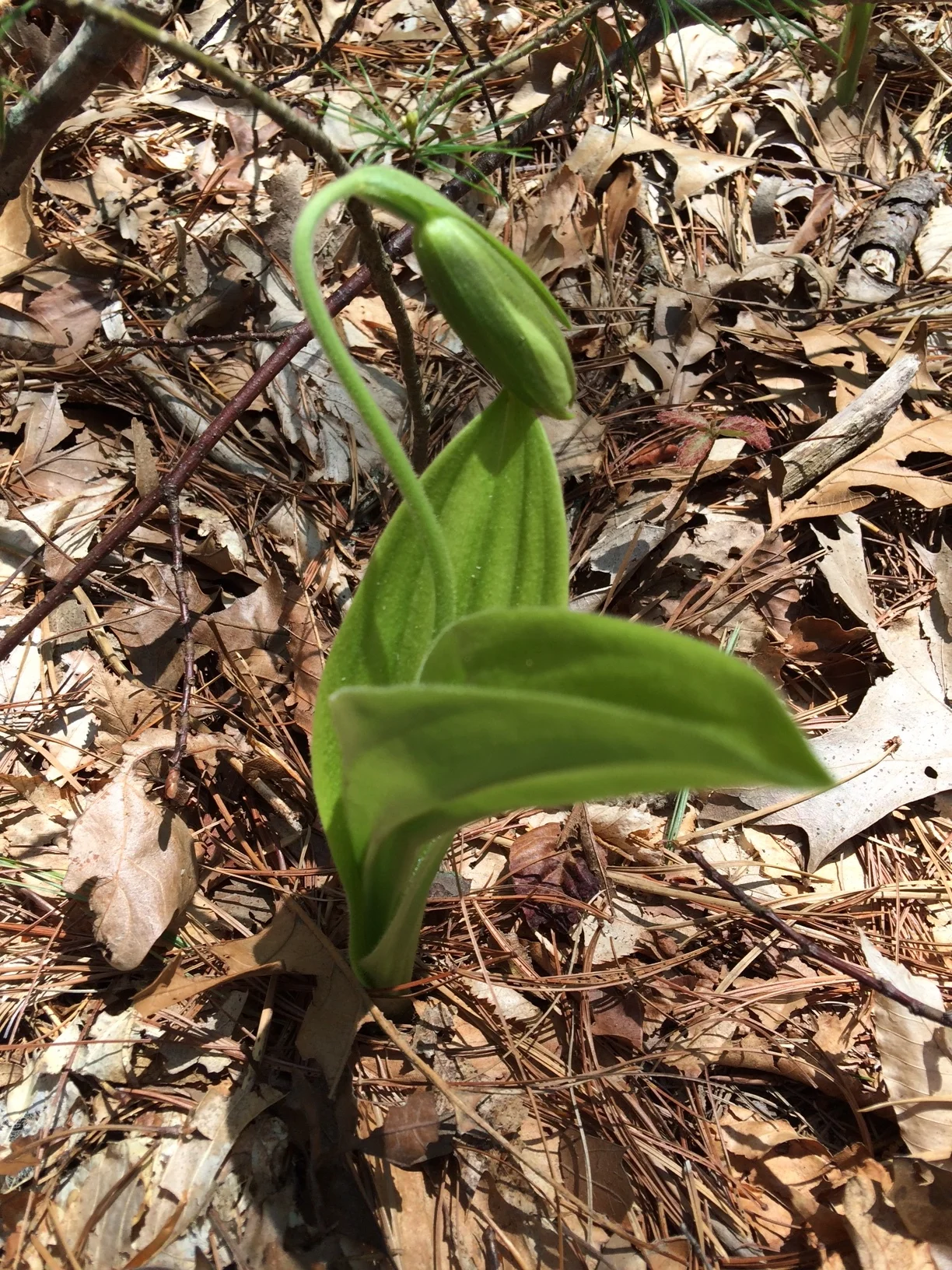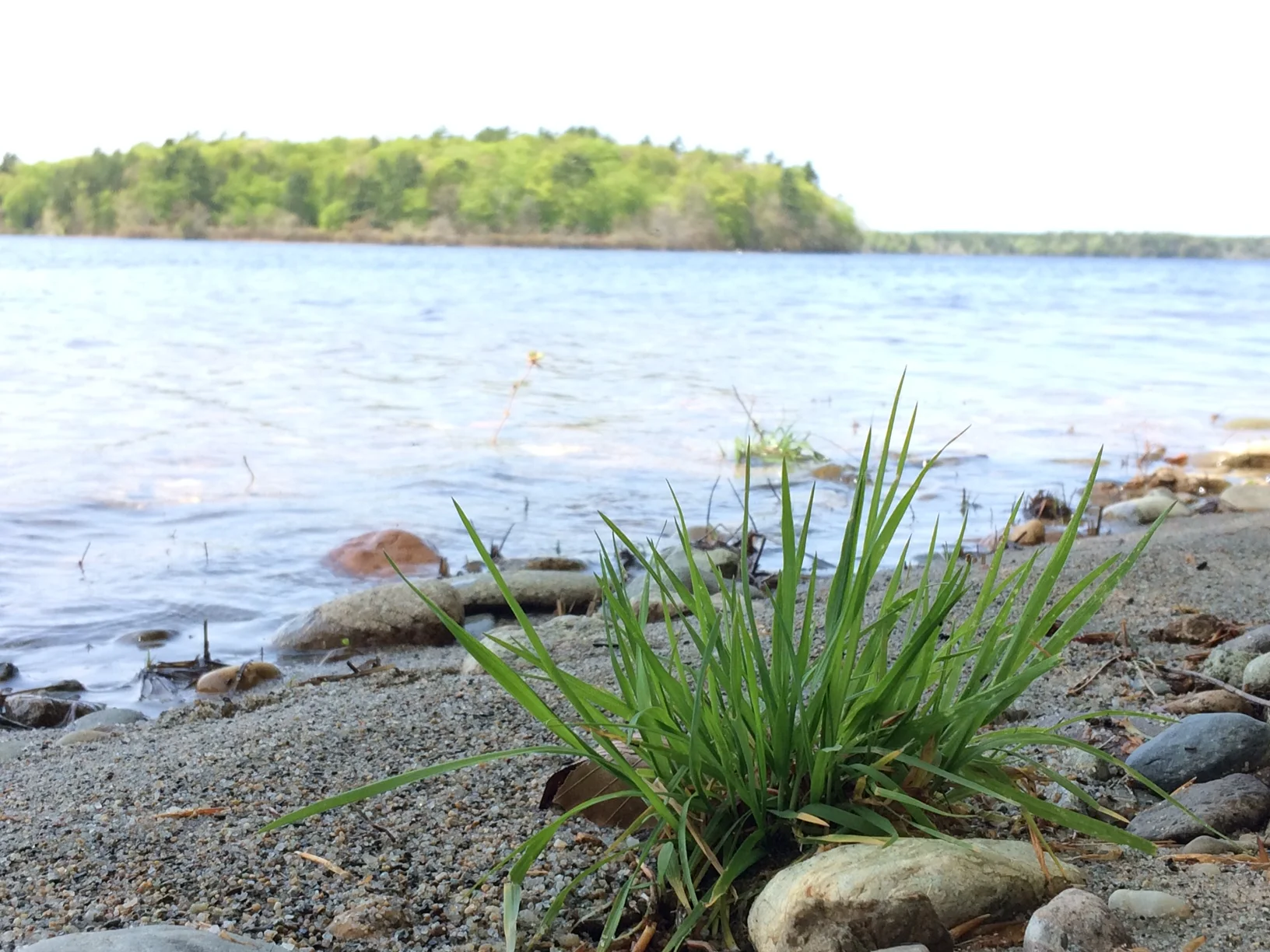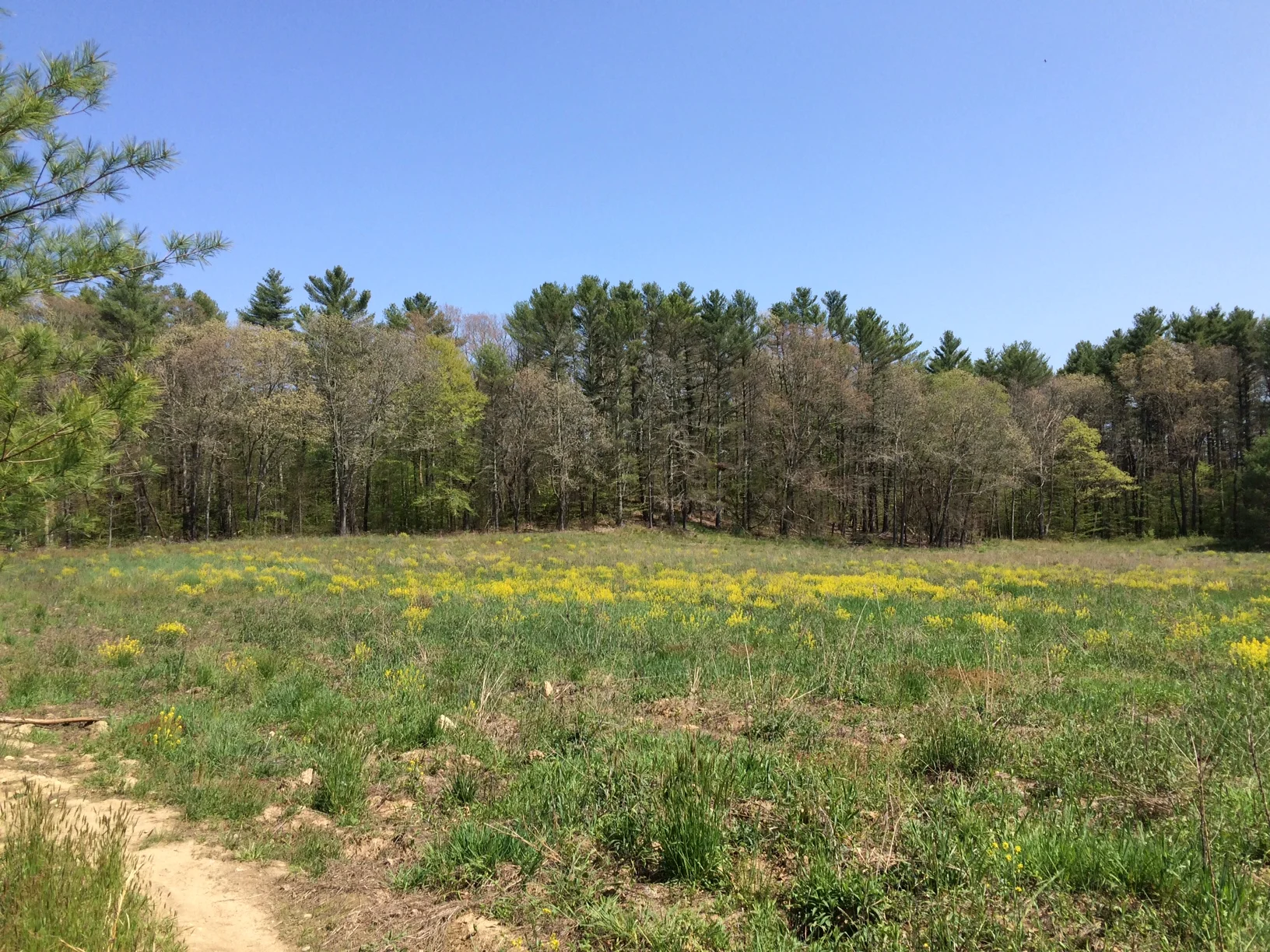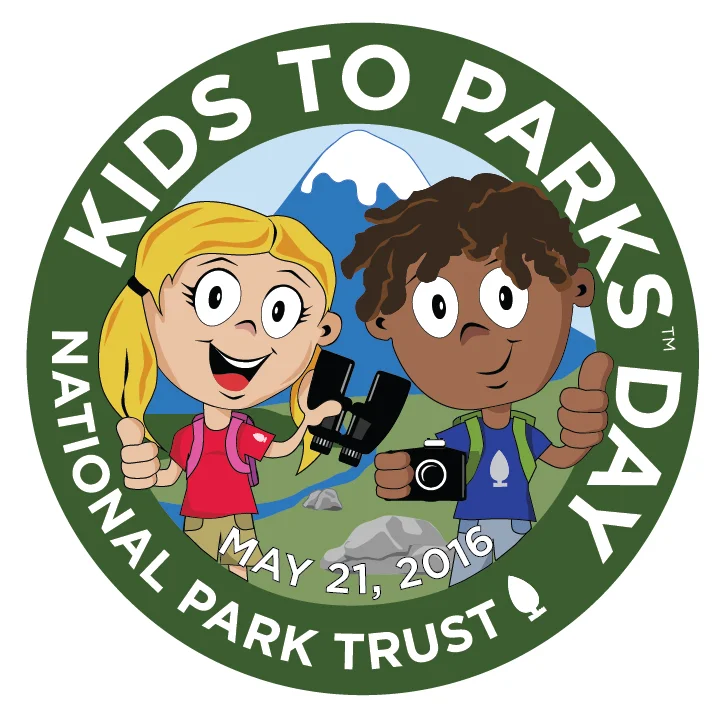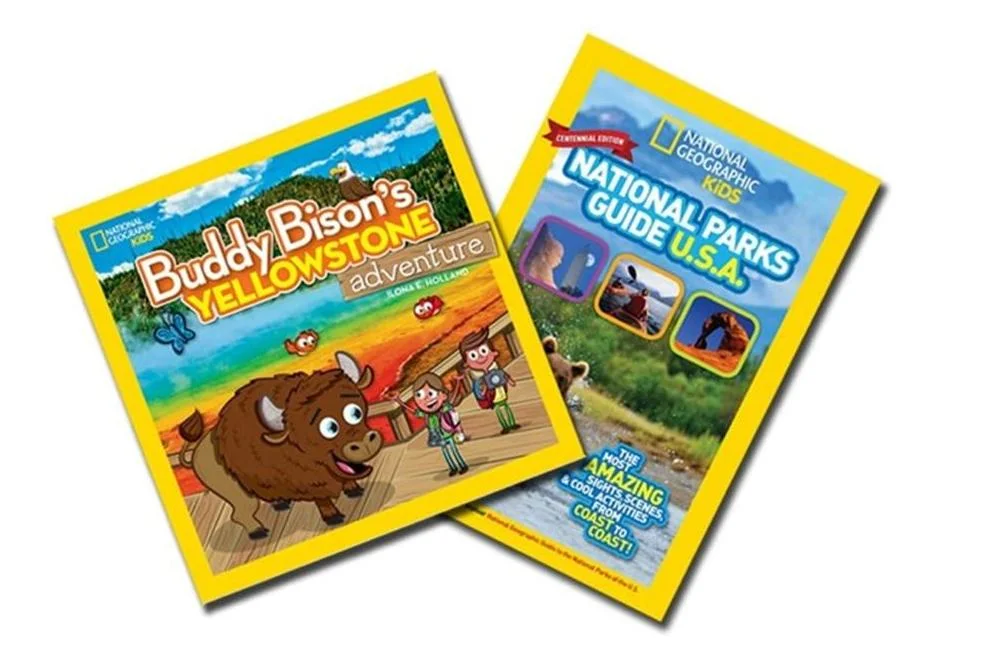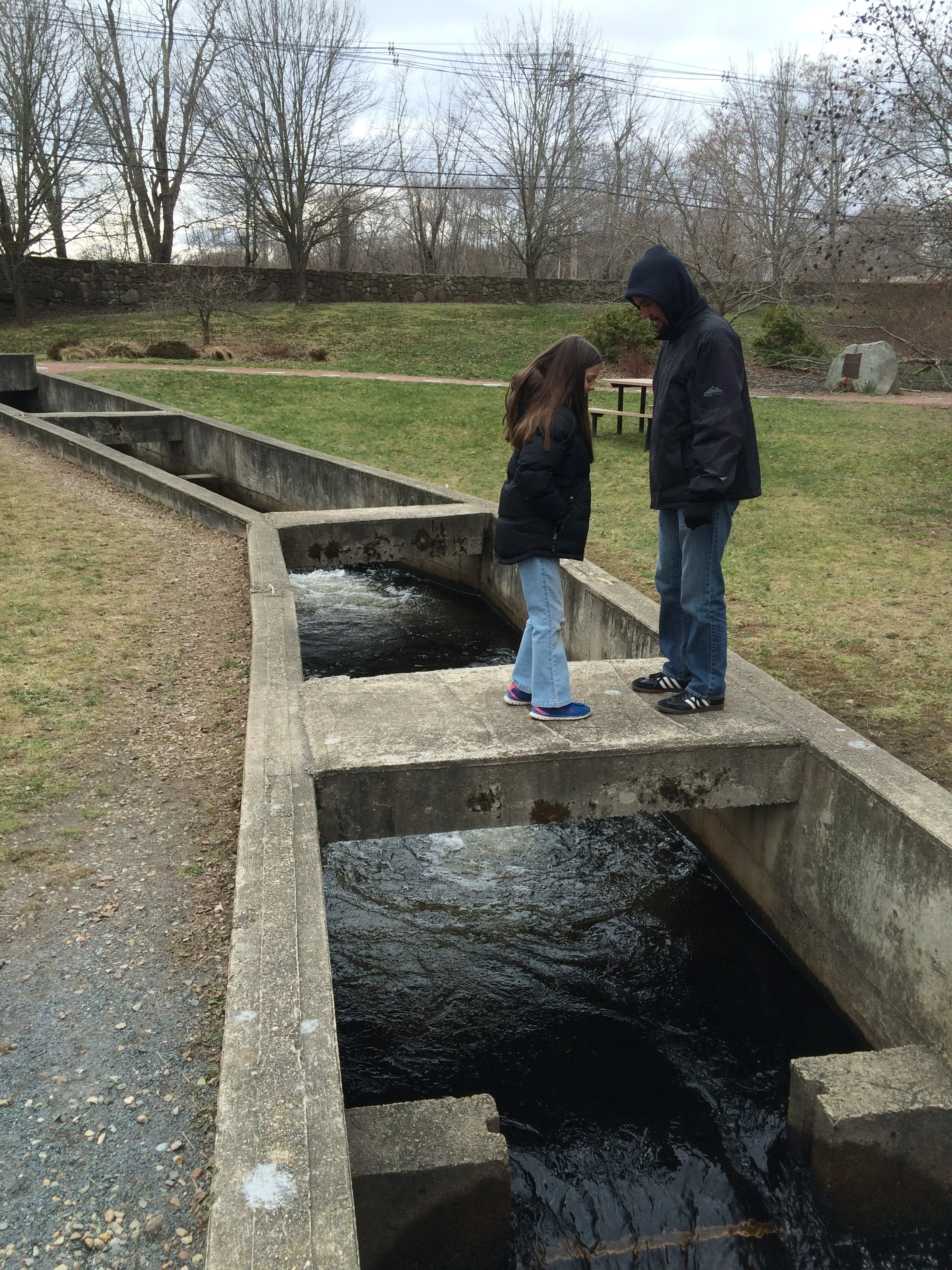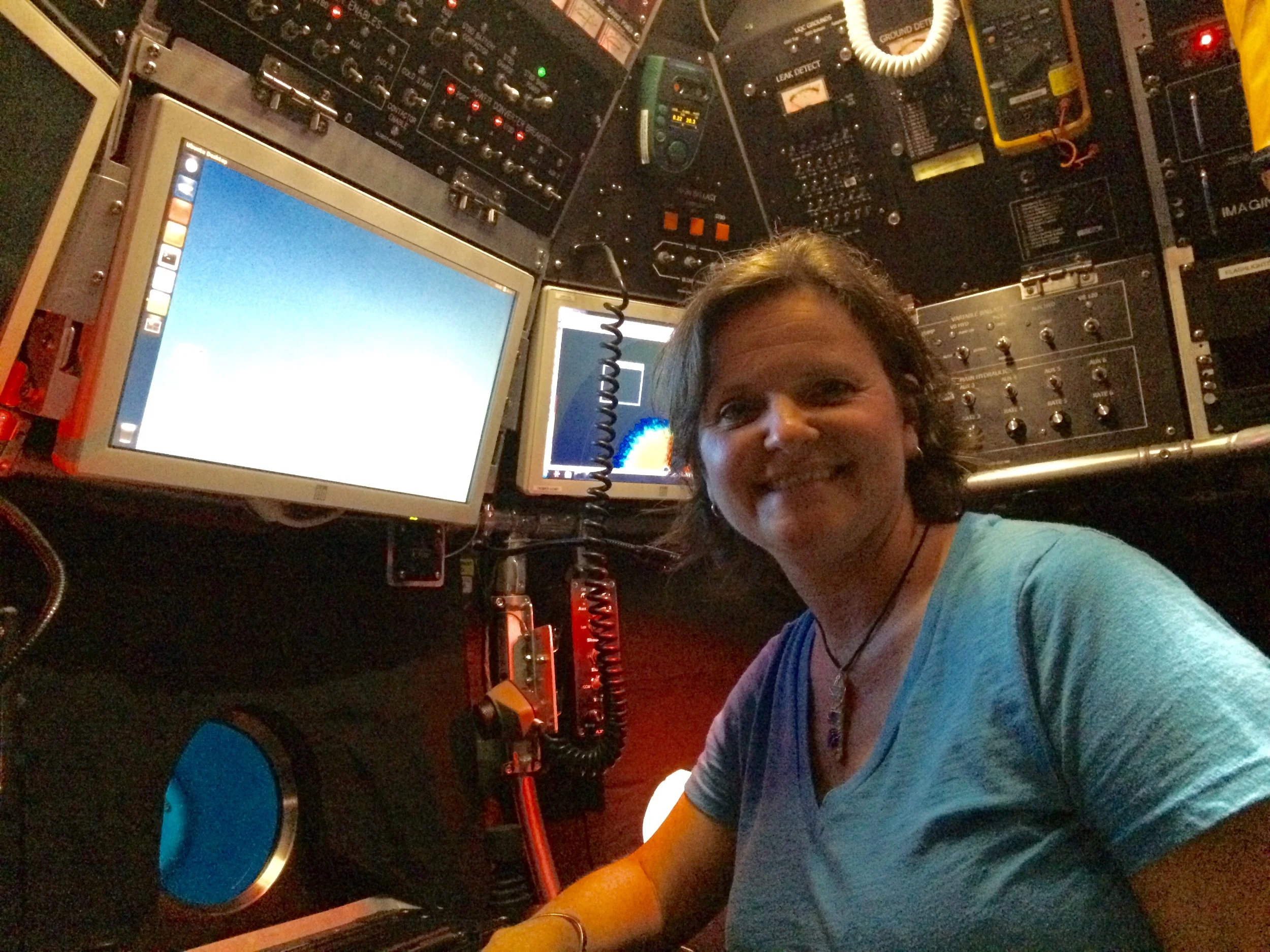Edited to Add (September 19, 2018): If you landed here directly, please refer to this post which lists all previous posts in the series. They describe our process and break down all of the data we collected that lead to this post.
When Grace Lin and Karen Blumenthal launched the #kidlitwomen social media initiative for Women’s History Month, they urged members to focus on specific actions we can take to increase equality.
In the spirit of #kidlitequality - Here are some of our thoughts on specific, actionable items that you can do to promote equality and diversity in school visits:
Confronting the Male “Rock Star” Author Phenomenon
Several respondents commented on their perception that publishers are sending some authors, perceived to be mostly men, on large numbers of publisher-sponsored school visits.
Our data support this anecdotal evidence. Male authors are more likely to have publisher-sponsored school visits than female/non-binary authors. And among authors who do have publisher-sponsored school visits, male authors did, on average, more of these visits. Even more striking, female/non-binary authors who had won a national ALA/ALSC award (ex: Caldecott, Newberry, Coretta Scott King awards, etc) had fewer publisher-sponsored visits than men who had not won an award.
“I’ve had close to 10 experiences of being contacted by a school to see if I was free for a certain time frame, then told I was a “finalist” for the gig. Each one ended up going with a male author instead. Several times I’ve done a school visit at schools who have previously only had male authors, and the staff acts shocked that both girls and boys were completely engaged by my presentation…”
“There are men in my debut class with the same number of books published as me who have booked many more school visits, especially ones in other states.”
What can we do?
Being consciously aware of this phenomenon is the first step. The second is that we all need to clearly communicate with schools that author and illustrator visits are a professional service that is worthy of fair pay.
Choosing to Donate Your Time
Some respondents mentioned that they choose to donate their time to do school visits, either for all of the schools they visit, or for low-income schools.
It’s important for all of us to recognize the value of our time and our expertise that we bring to classrooms. The average rate for a full day school visit is $1,000. This varies by region and career stage, but a choice to donate your time to a school is a significant in-kind donation. It’s also important to recognize that being able to do visits for free is a privilege. It means you are financially secure enough to do so. This is not the case for many book creators.
If you do not communicate to the school that you are making a donation of your time, it devalues our skills and expertise in the eyes of school administrators. It hurts the ability of all of us to be paid fairly for what we do.
“In my area, there is a large bookseller who advertises “free” visits to local schools very aggressively, which can undermine the idea that authors and illustrators should be compensated for our time.”
“When I speak to schools about visits or even teachers, it is always, "The school doesn't have money to pay you, we can give you a basket of your favorite candy." That doesn't pay bills. There are too many schools expecting free school visits to help encourage children, but when schools do not pay at all, how can they expect us to want to go encourage them (kids) to also work for free?”
“My first book released this past year. As part of the launch week I offered free school visits for that week. I was unable to get a paying visit for the rest of the year. I had lots of requests but as soon as I sent over fee information I never heard from them again. One school even contacted me for a visit then when I sent fee info they said they forgot they weren't available that day after all and then asked another author (my friend) for the same day and did the same thing to her when she sent her fee information. I guess the librarian trying to get a free visit didn't realize what a small world it is in the kidlit community.”
What can we do?
Please - go forth and give freely of yourself to causes that move your heart. We all got into this business because we care about kids. But, if you do a school event for free or for a reduced charge, always communicate: “This is a donation of my professional services. I am donating my services to you because:
[you are a Title 1 school], or
[I do X number of donated visits per year], or
[fill in the blank].”
We also encourage you to clearly post your fees on your website and brochures. There is safety in numbers. If more of us share our fees, we won’t be alone. If it helps, refer people to our research. As long as you credit us, feel free to link to the post or quote our research however you like. This post has all of the data about pricing.
Supporting the Ability of Schools to Pay for Author Visits
Many respondents mentioned that schools have limited budgets to pay for author visits, either regionally, or everywhere.
What can we do?
On the one hand, creators deserve to be paid fairly for their time and expertise. And on the other, every kid deserves to have the opportunity to have a real live author or illustrator come to their school - to realize that books are made by people, and that they, too, are writers.
Many respondents mentioned how difficult it is for them to tell a school that they can’t decrease their fee to the point where it is unsustainable. We all want kids excited about reading and connected to books.
This is an area that requires some outside the box thinking. One respondent stated: “When schools or teachers reach out to me about booking a school visit, I always include a list of grants they can apply for in order to pay for my visit.” Perhaps we could all add such a list to our websites or emails. We could also suggest that local businesses might sponsor an author or illustrator visit.
Another idea includes bundling visits: that is, the author/illustrator visits multiple schools over several days so the schools can share travel and lodging costs. Some authors also offer discounts if multiple schools are booked back-to-back over a few days. With an arrangement like this, you only need to prep once and your travel time is limited vs. if you booked the same number of visits weeks apart, so a discount makes sense.
There are also outside funding possibilities that can be explored.
For example, here in Massachusetts:
SCBWI also has the Amber Brown Grant: https://www.scbwi.org/awards/grants/amber-brown-grant/
Another possibility is nonprofit organizations modeled on the innovative work of An Open Book Foundation. Founded by Dara La Porte and Heidi Powell, two DC-area booksellers, An Open Book purchases a copy of the author’s book for every child that they visit. Authors donate their time for these school visits to Title 1 schools. However, they involve guaranteed book sales.
What funding opportunities do you know about? Please add them in the comments, no matter how small. If we get enough responses, we’ll compile them into a future post sorted by state or region for ease of use.
Promoting Diversity of Children’s Literature Creators
The percentage of authors and illustrators of color in children’s literature is too low. We all know this is a problem, and yet it persists.
Only 11 percent of our respondents identified as members of a racial or ethnic minority group. The Cooperative Children’s Book Center found that only 14 percent of books published in the US in 2017 were written or illustrated by people of color. In the same year, 39 percent of the US population was made up of people of color.
About one percent of our respondents identified as gender non-binary. We did not collect information about other facets of LGBTQ identity.
For the first time, in 2017, the CCBC also counted books with LGBTQ content. They found that about 1.5 percent of books both contained some kind of LGBTQ content (including secondary/tertiary characters who may be LGBTQ, and books with animal main characters than can be read as metaphors for coming out), and were written by an author who identifies as part of the LGBTQ community (though authors did not necessarily share an identity with the characters in their books.)
The ripple effect of the diversity gap in published books is a diversity gap in school visits. We know how important it is for kids to see themselves mirrored in the books they read. But representation also matters when it comes to the author or illustrator standing in front of the school gym.
